The afro hairstyle is more than just a fashion statement—it’s a symbol of cultural identity, pride, and resistance. Over the decades, the afro has evolved, reflecting the changing societal norms and the enduring resilience of the Black community. From its roots in the Civil Rights Movement to its resurgence in today’s natural hair movement, the afro has remained a powerful expression of individuality and heritage.
The Origins of the Afro Hairstyle
The 1960s and 1970s: A Symbol of Black Identity
The afro first gained prominence during the 1960s, a time of immense social change in the United States. As the Civil Rights Movement gained momentum, African Americans sought ways to express their pride in their heritage and challenge the prevailing standards of beauty that often marginalized Black features. The afro became a potent symbol of this resistance.
Figures like Angela Davis, a prominent activist and member of the Black Panther Party, wore the afro as a statement of defiance against oppression. The hairstyle, characterized by its large, rounded shape and natural texture, was a direct rejection of the pressure to conform to Eurocentric beauty standards. Instead of straightening their hair, Black men and women began to embrace their natural curls, sending a powerful message of self-acceptance and empowerment.
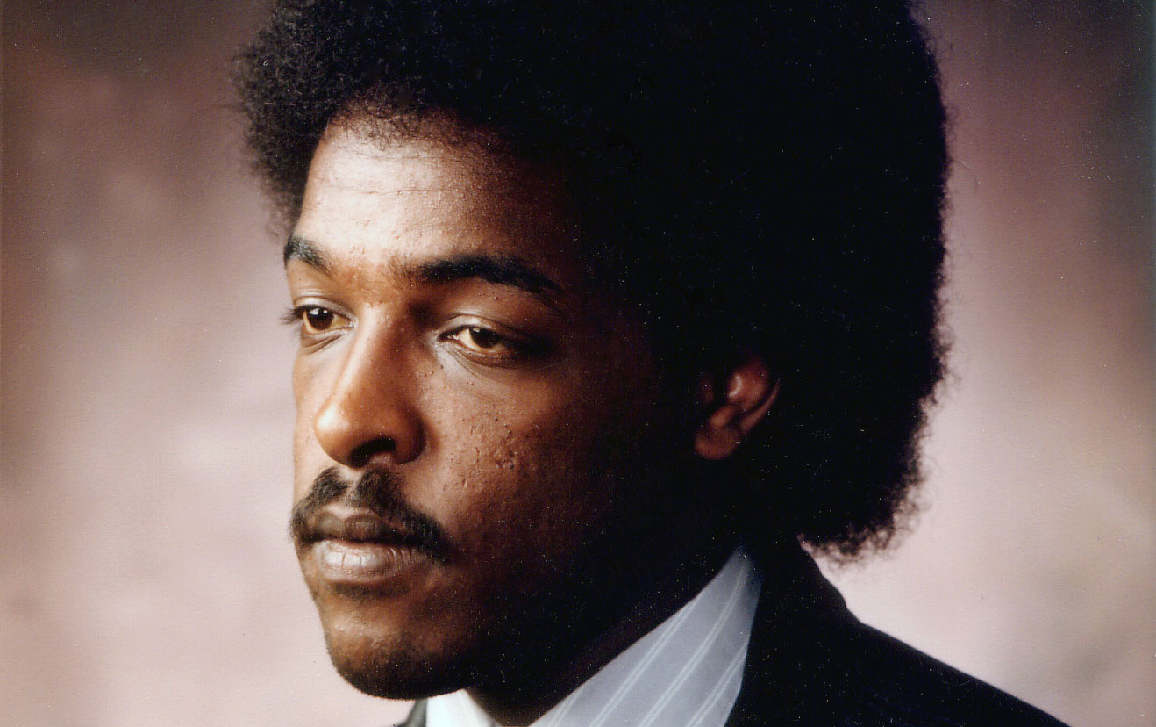
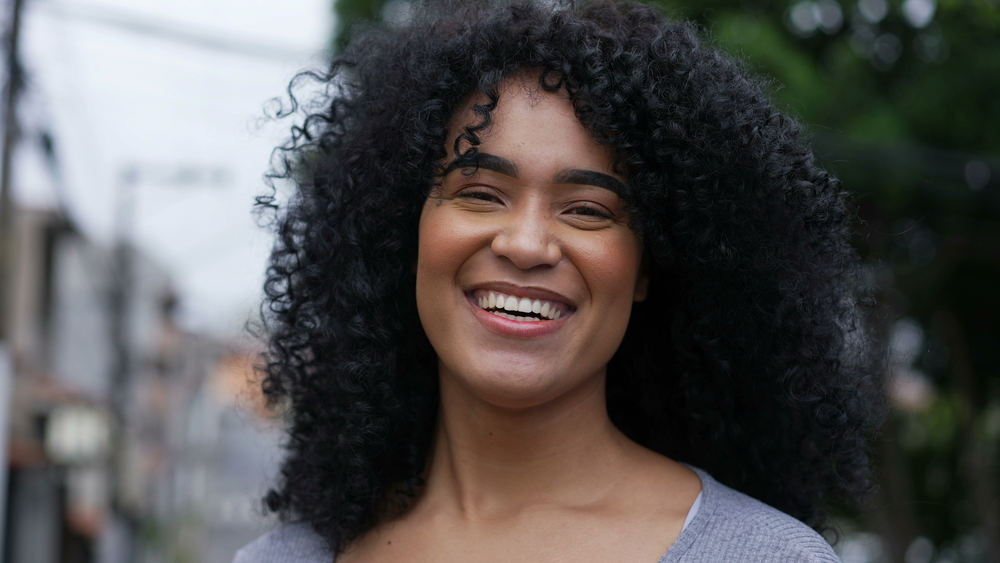
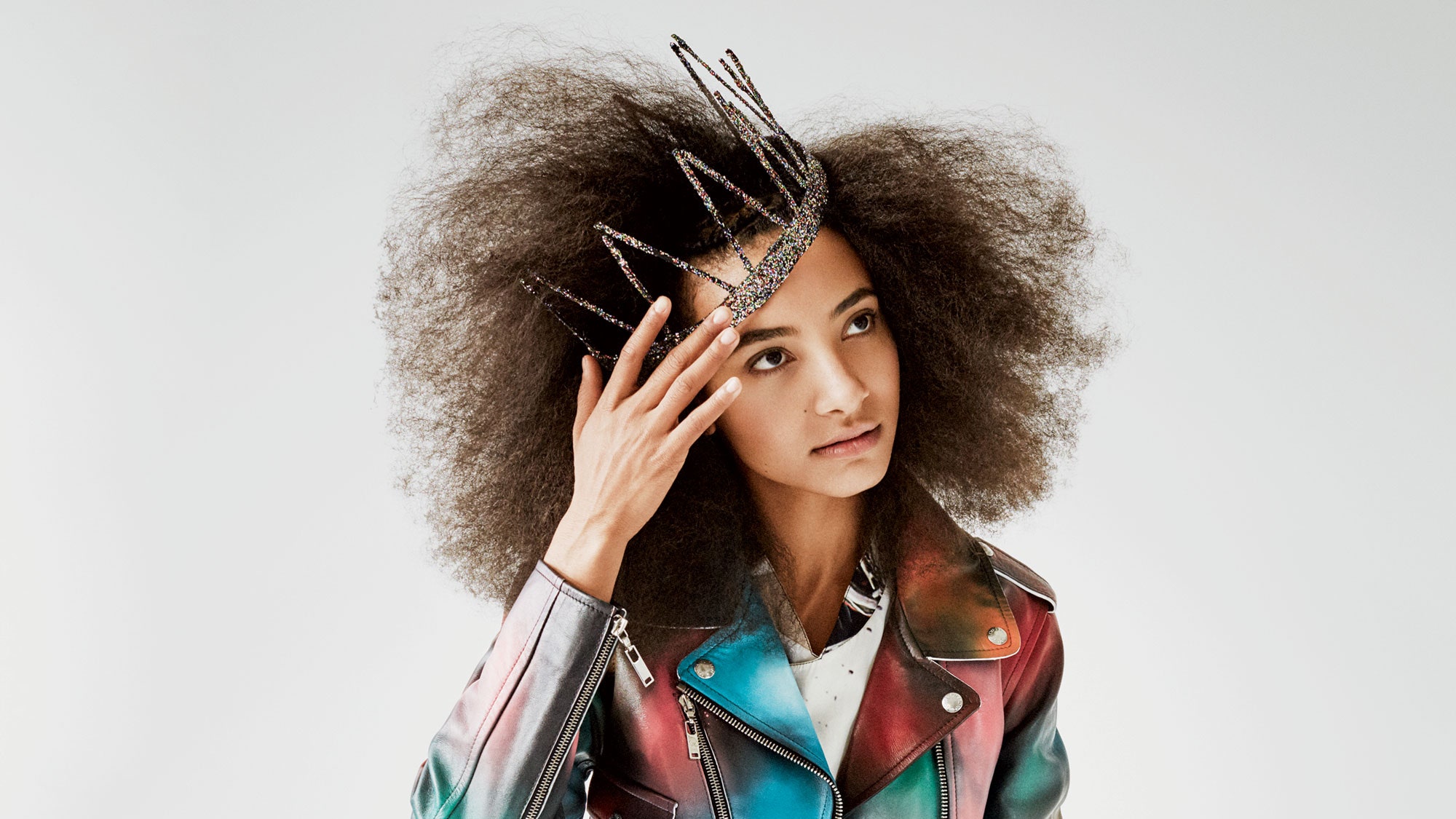

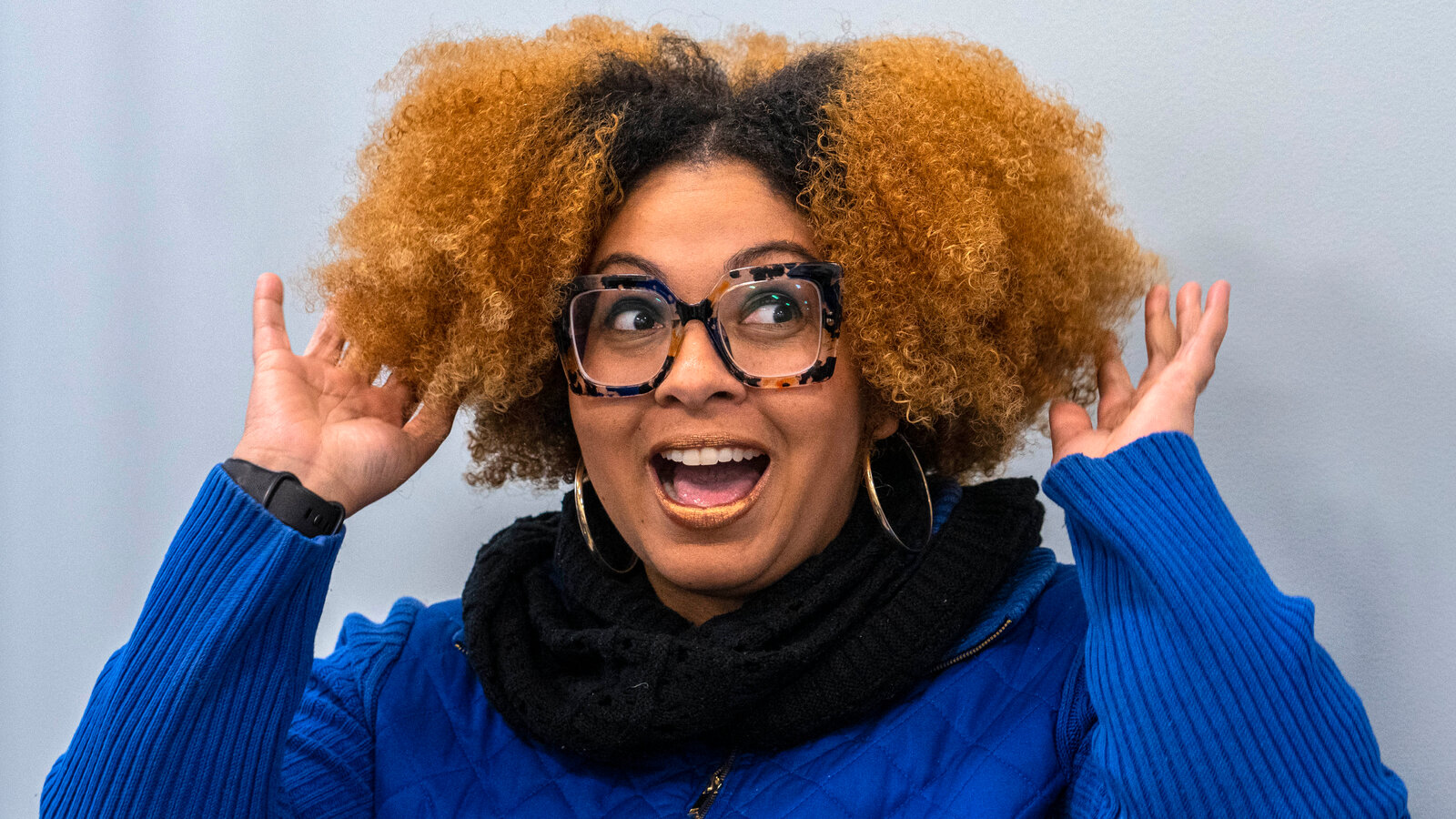
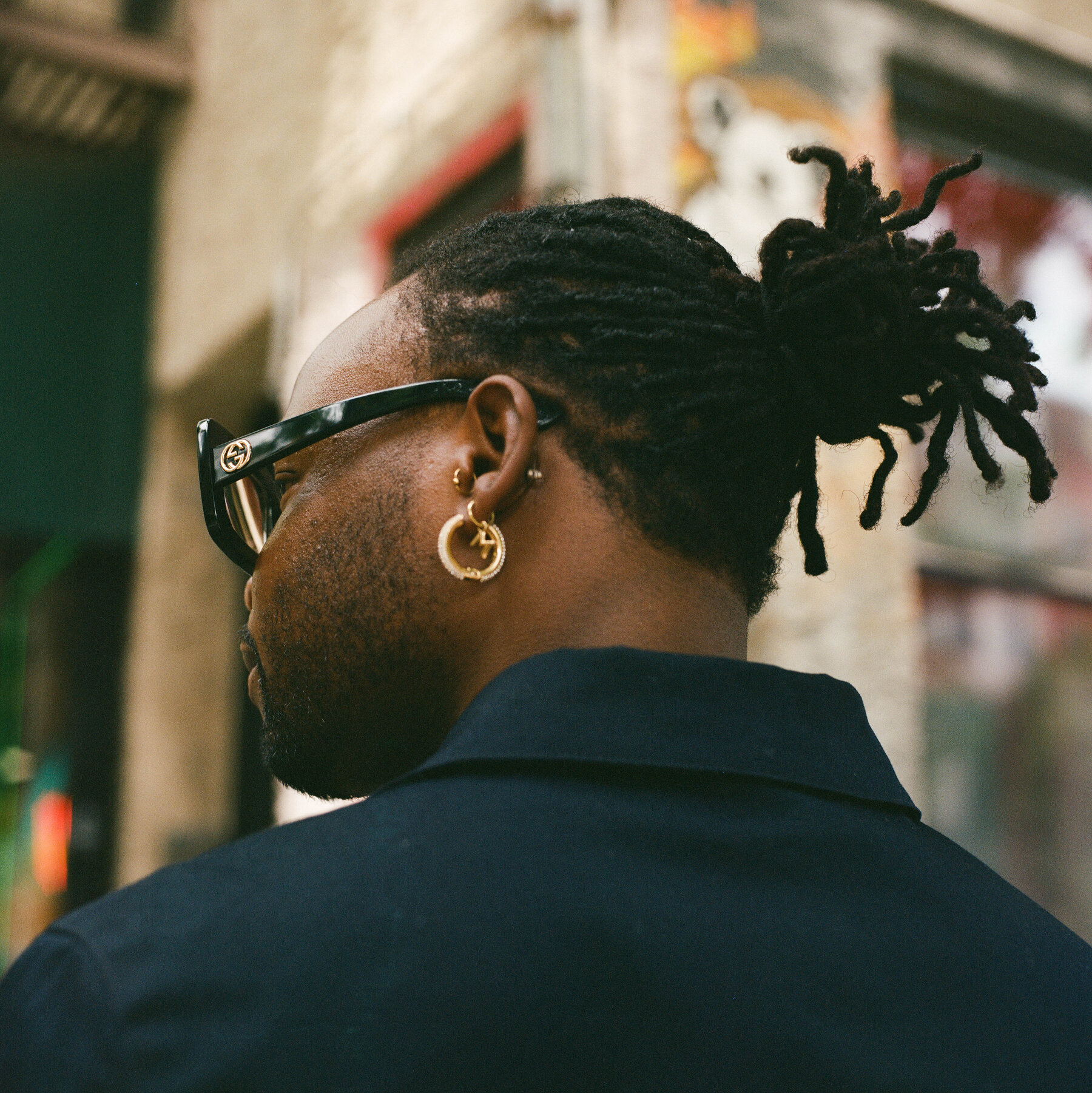

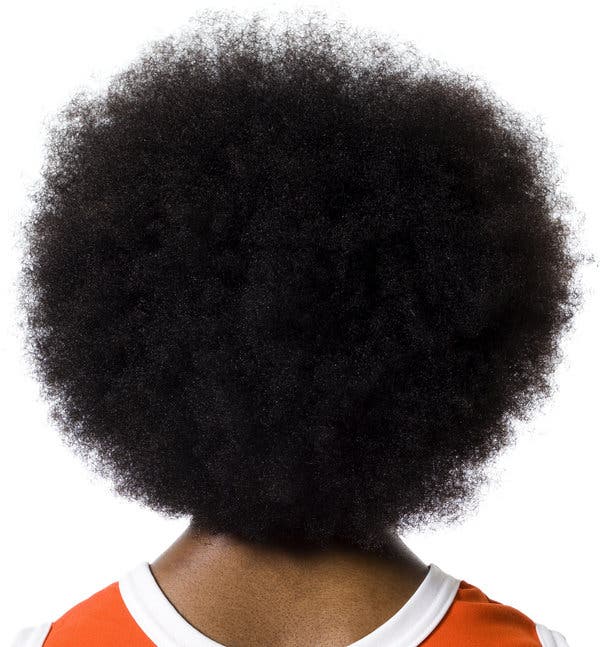
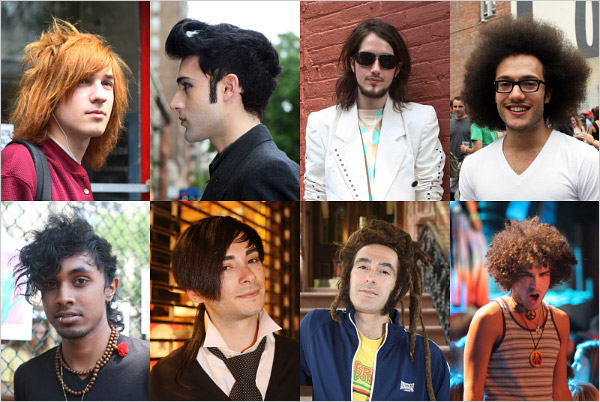
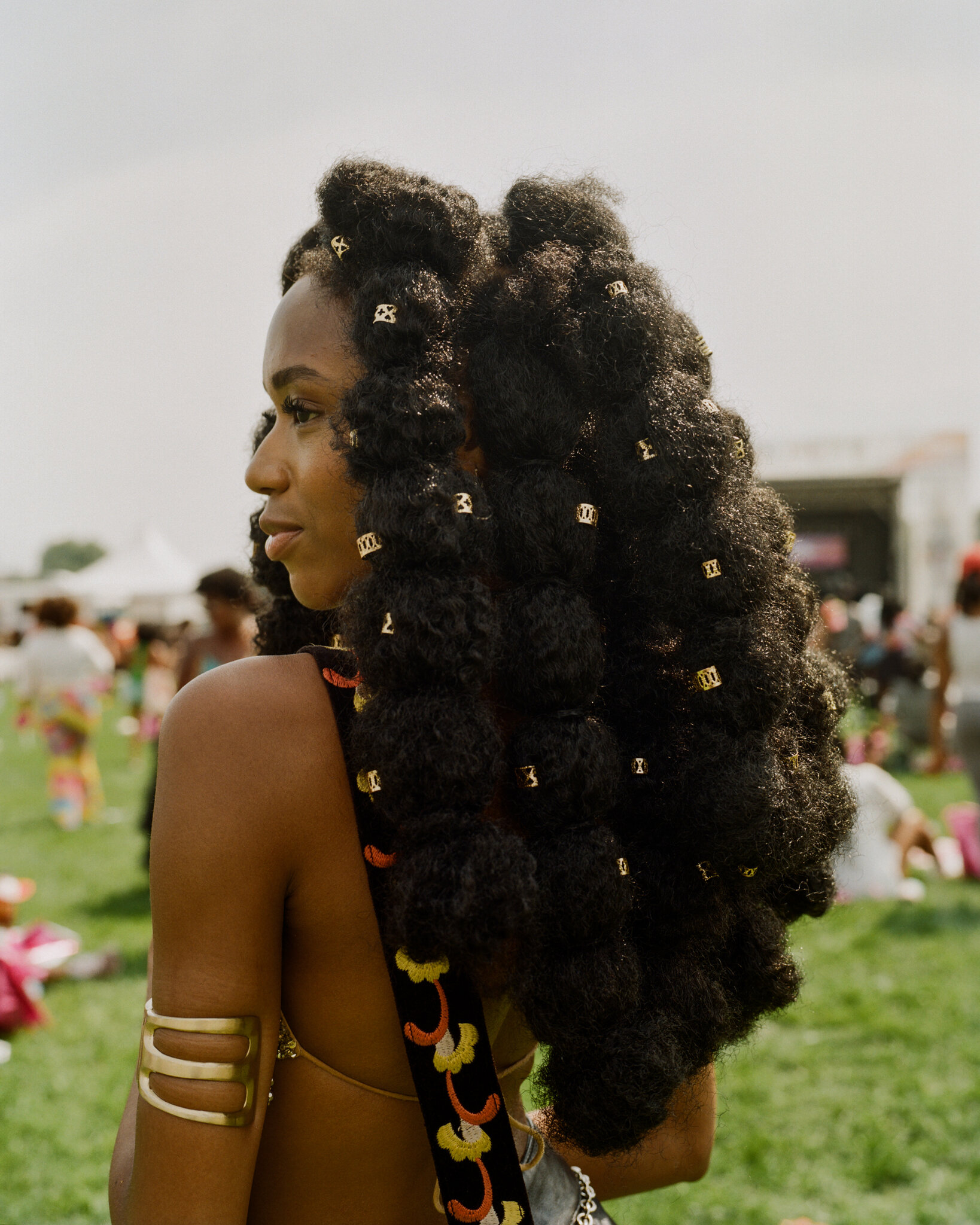
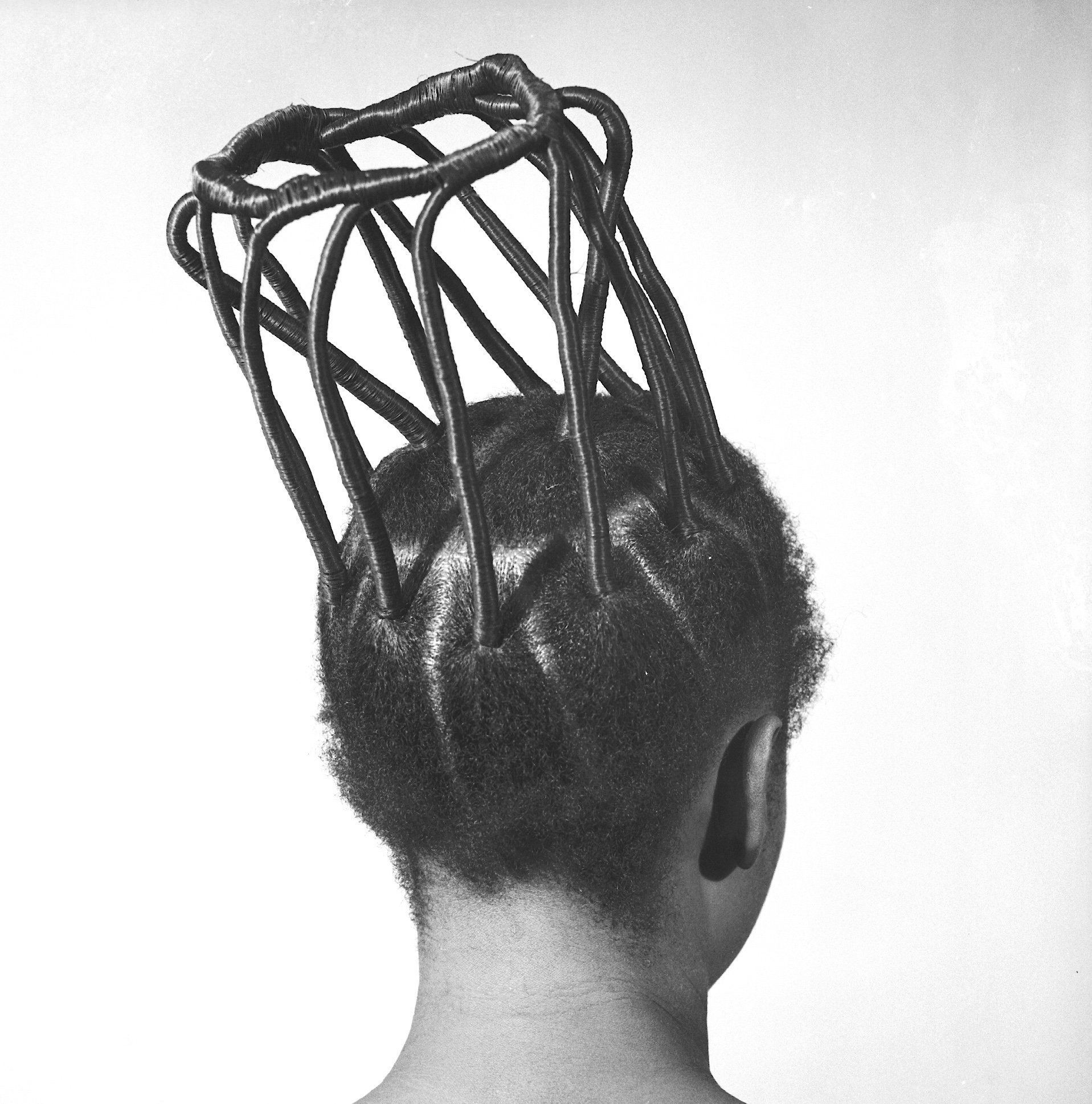
The Afro in the 80s and 90s: Mainstream Acceptance
From Resistance to Fashion Statement
By the 1980s and 1990s, the afro had transitioned from a symbol of political resistance to a mainstream fashion trend. This period saw the afro become more widely accepted, with celebrities and entertainers of all races adopting the style. Michael Jackson, Pam Grier, and other iconic figures of the era helped popularize the afro, making it a staple in both pop culture and fashion.
During this time, the afro began to take on various forms, with some people opting for smaller, more controlled versions of the hairstyle, while others maintained the large, voluminous look of the 70s. The versatility of the afro allowed it to be adapted to different fashion trends and personal preferences, further solidifying its place in the cultural zeitgeist.
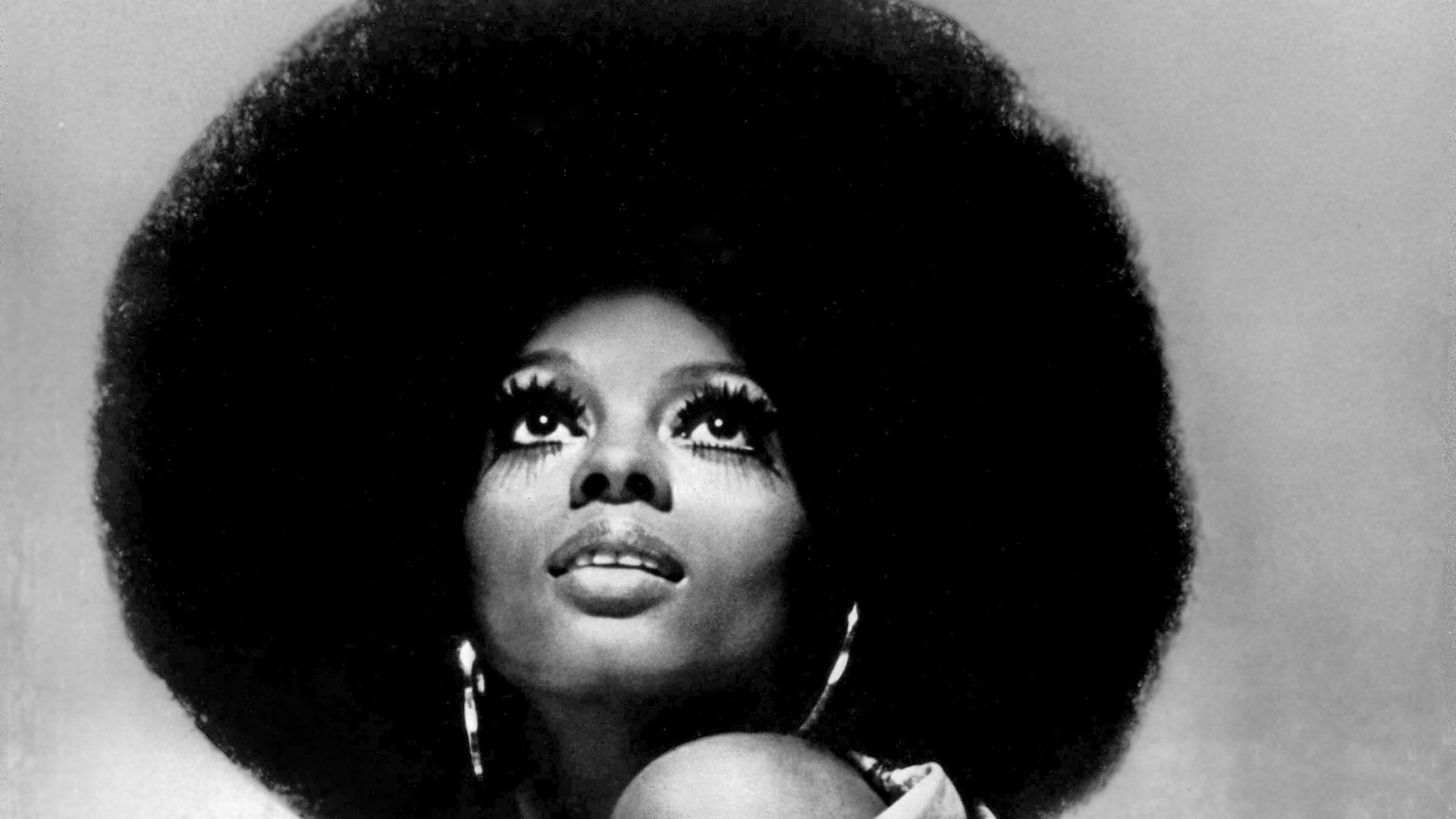
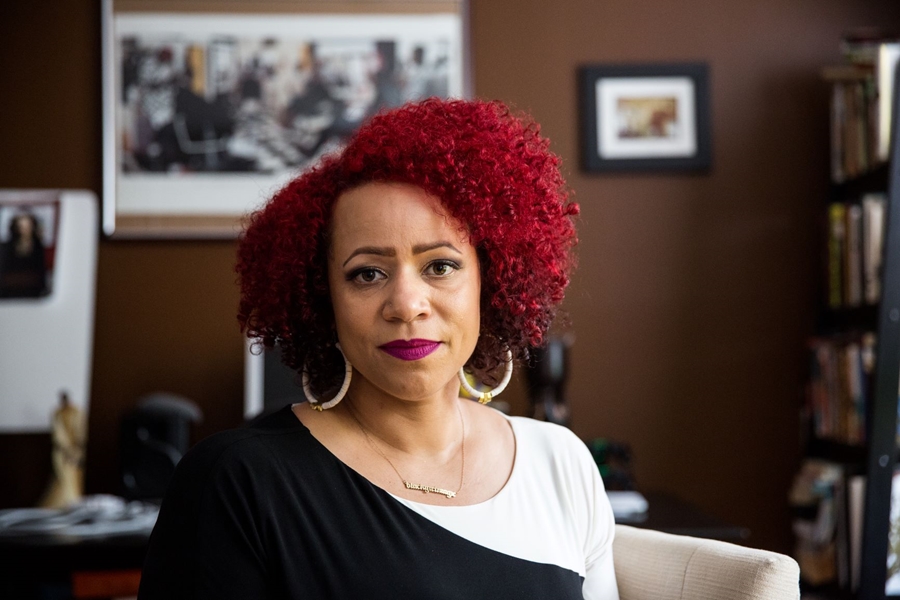
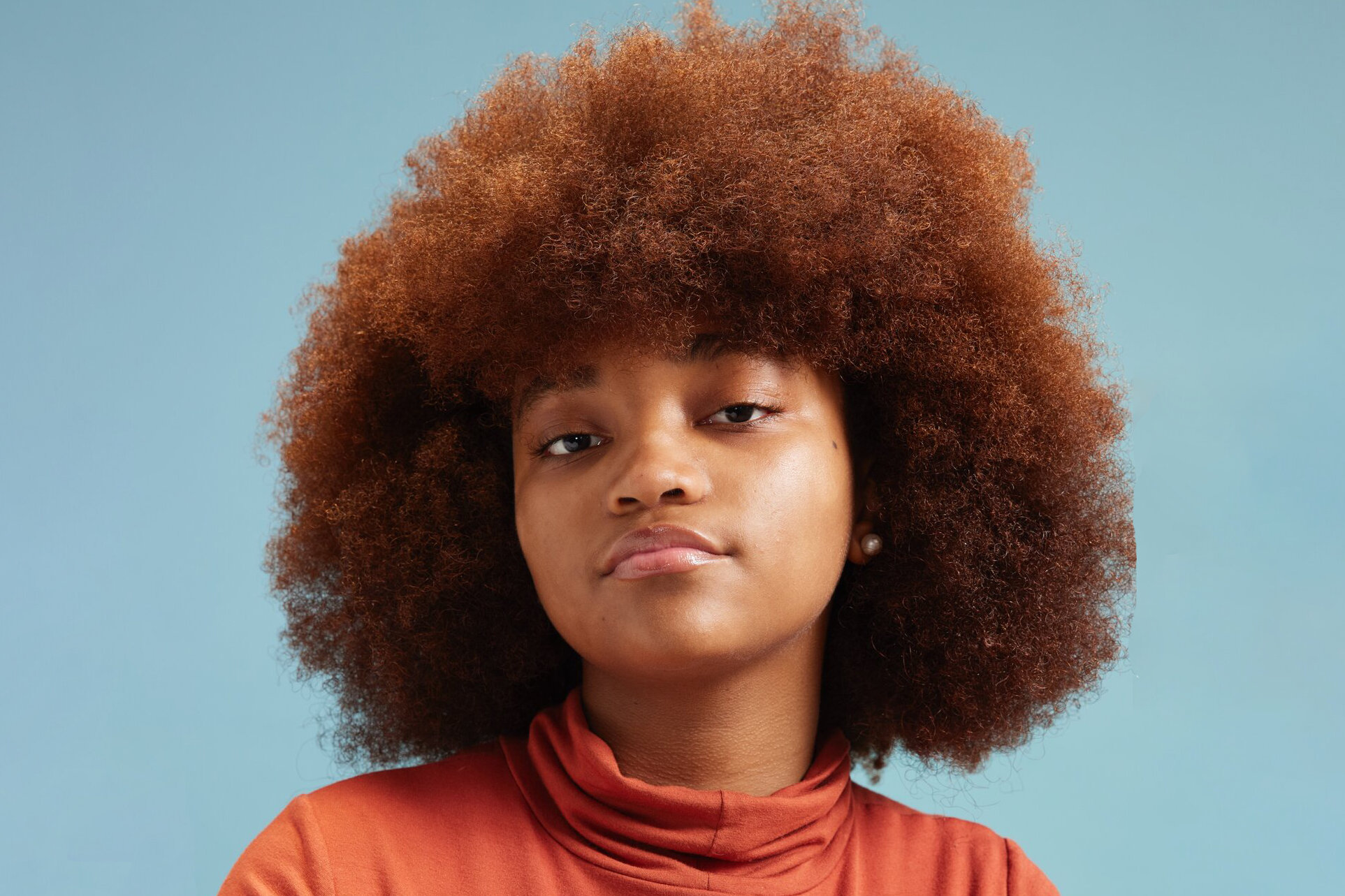

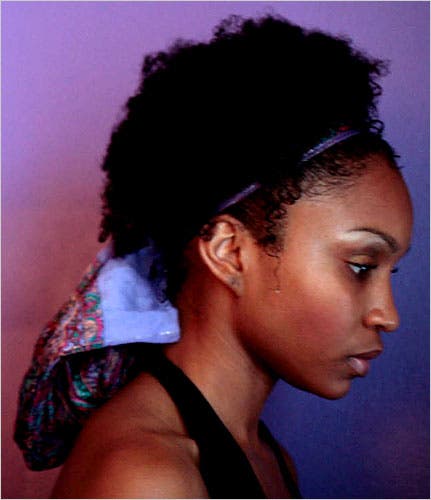
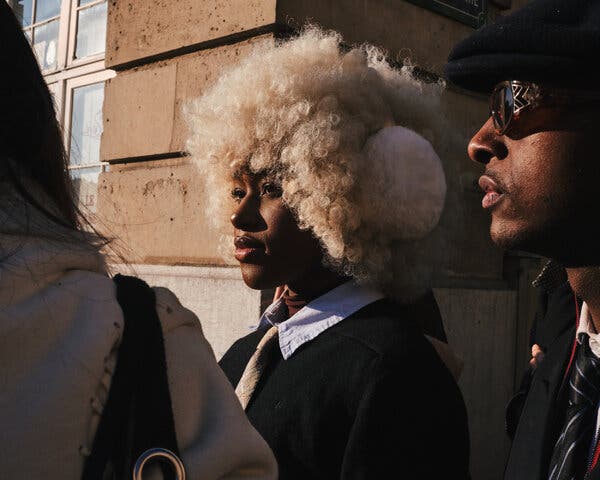
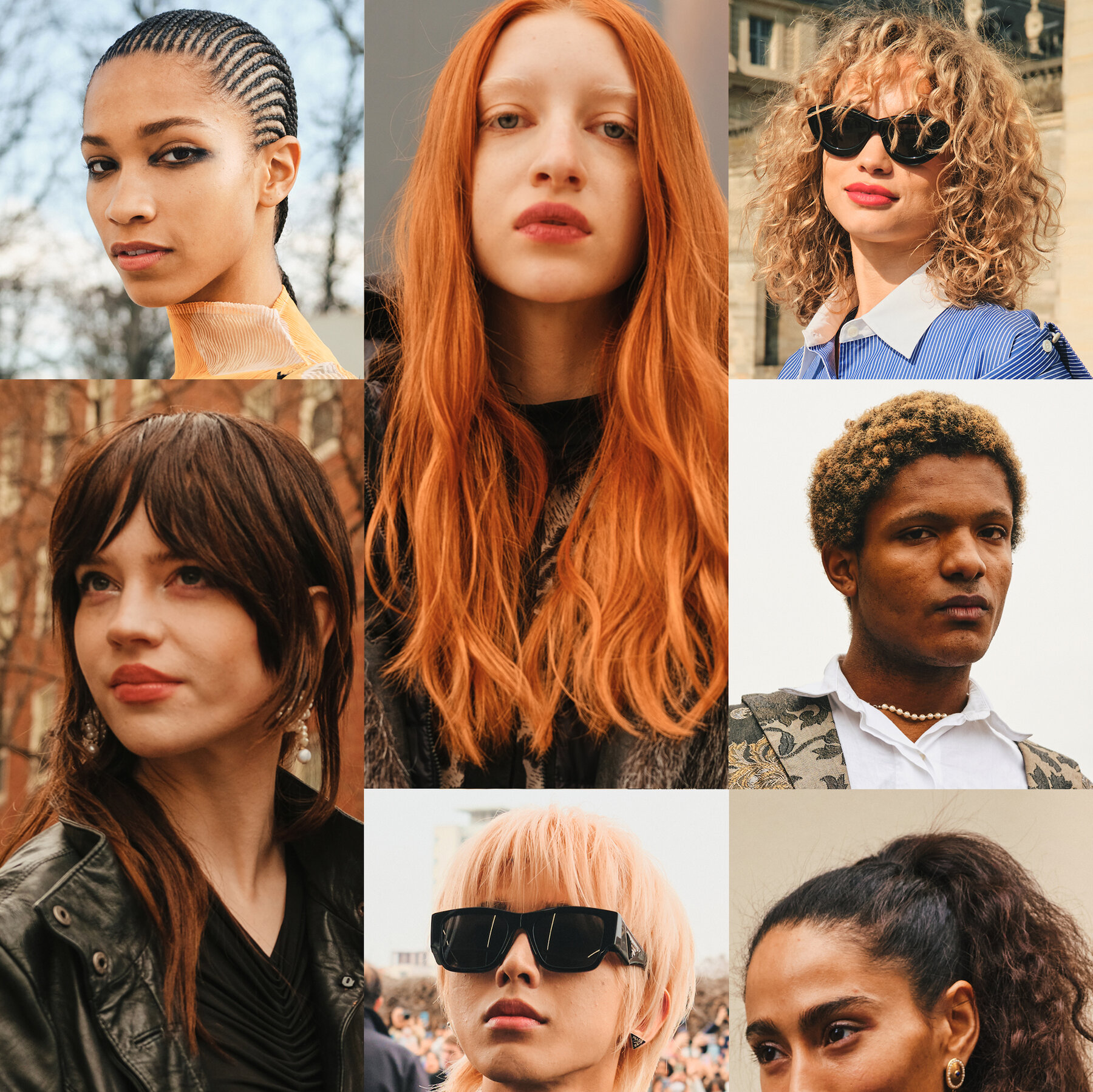
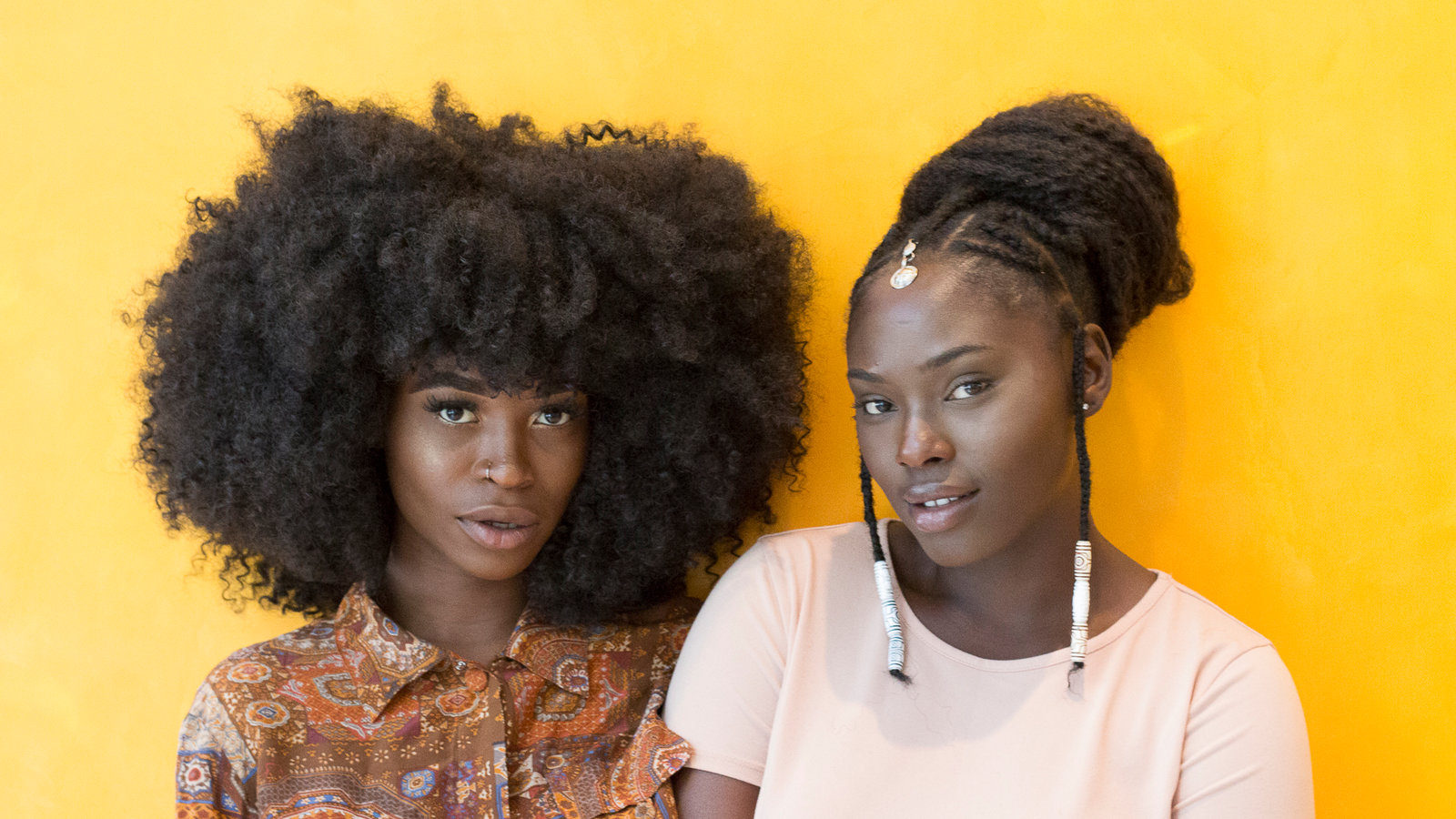
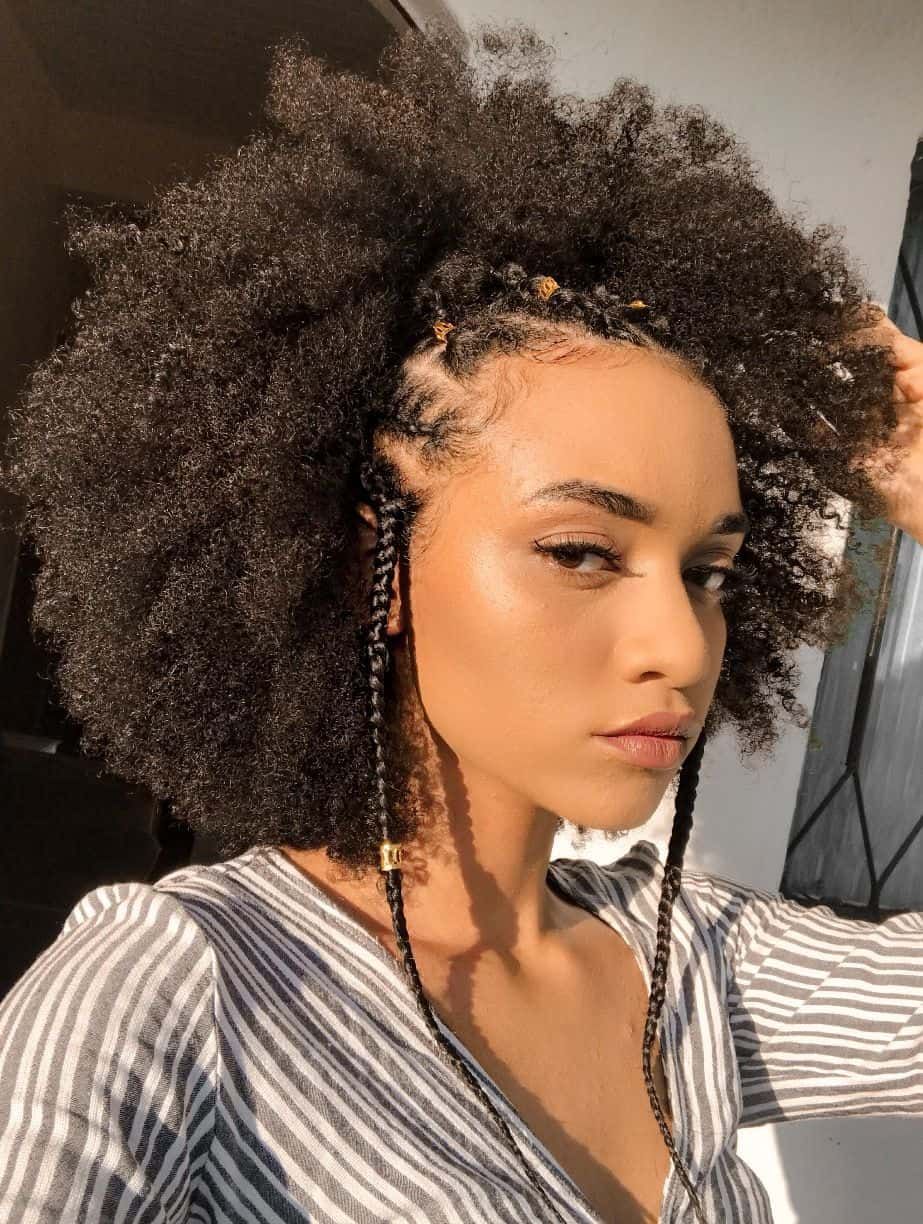
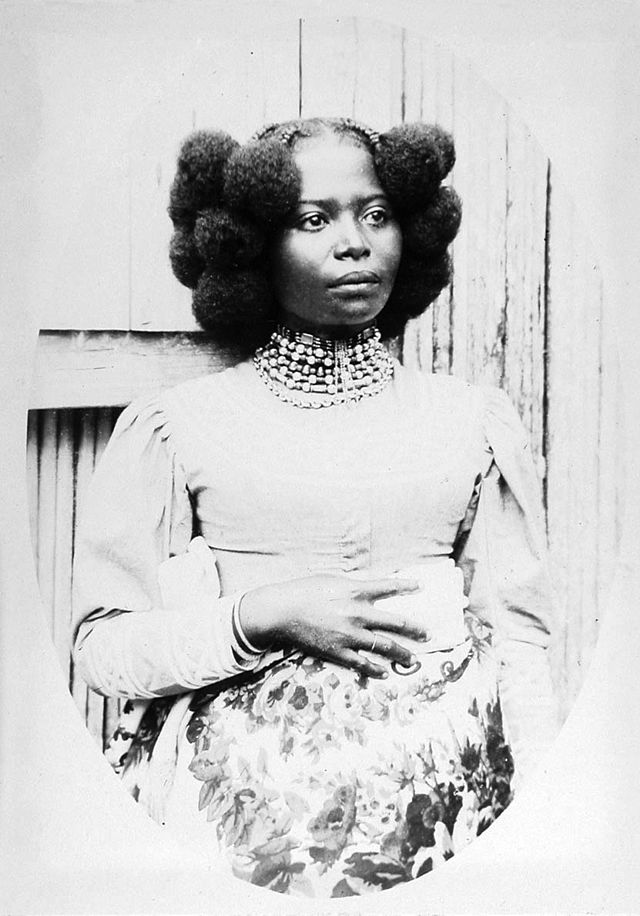

The Modern Afro: A Return to Roots
Natural Hair Movement
The early 2000s marked the beginning of the natural hair movement, a resurgence of the afro and other natural hairstyles as women and men of African descent began to reject chemical relaxers and embrace their natural hair texture. This movement was fueled by a growing awareness of the health risks associated with chemical hair treatments, as well as a desire to reconnect with cultural roots.
Social media platforms played a significant role in this movement, with influencers and natural hair advocates sharing tips, tutorials, and stories about their hair journeys. This digital community provided support and inspiration for those transitioning to natural hair, leading to a widespread revival of the afro hairstyle.
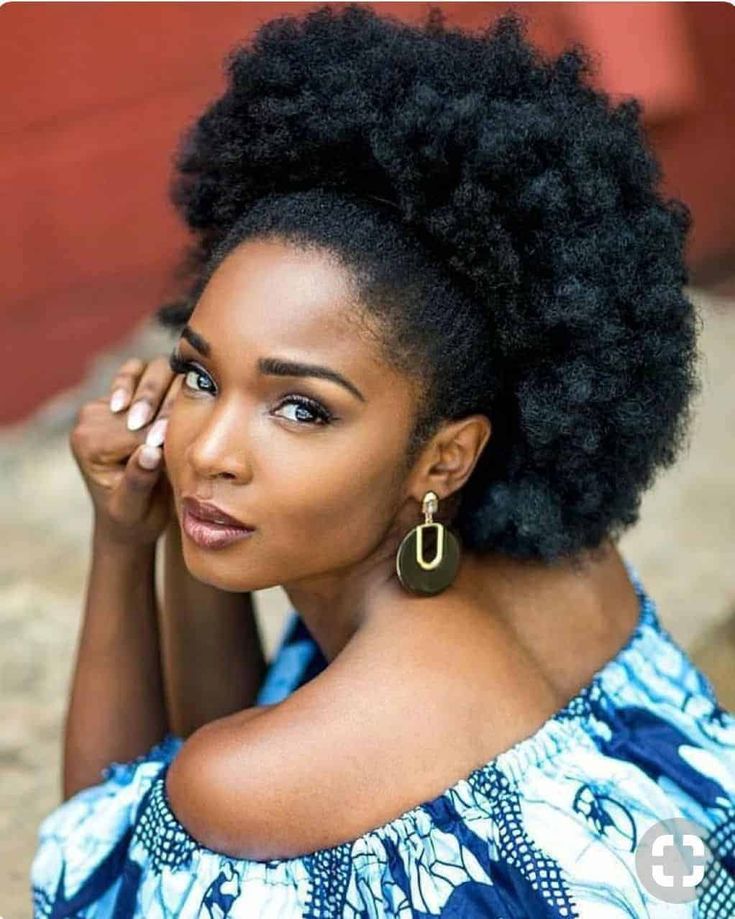
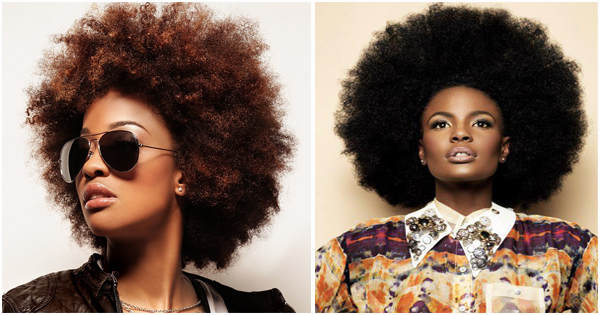
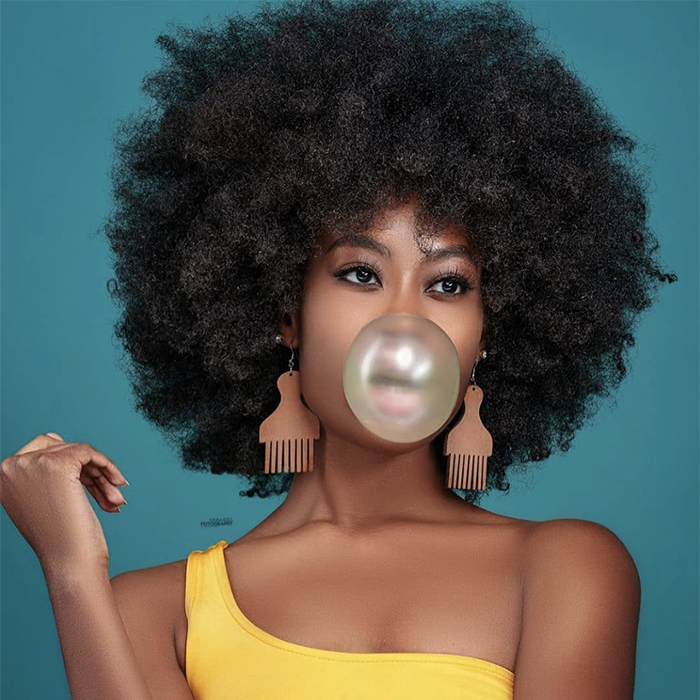
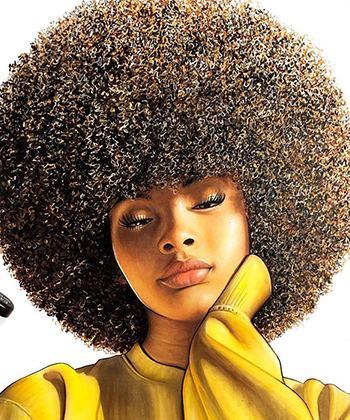
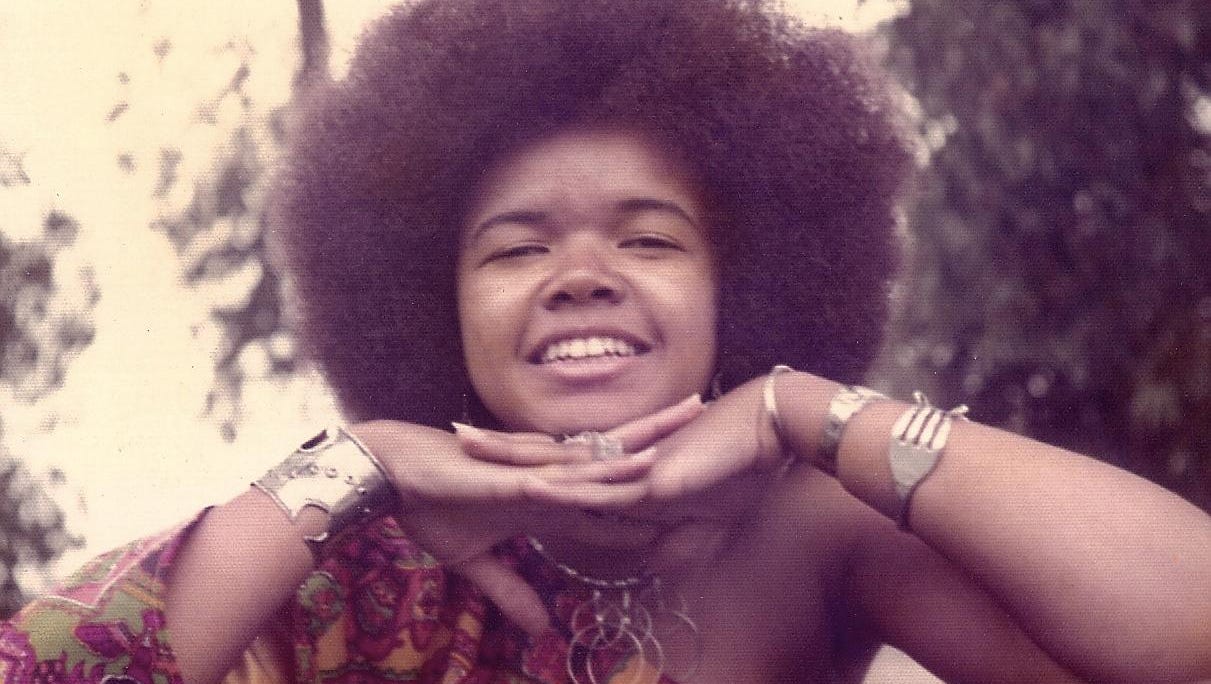
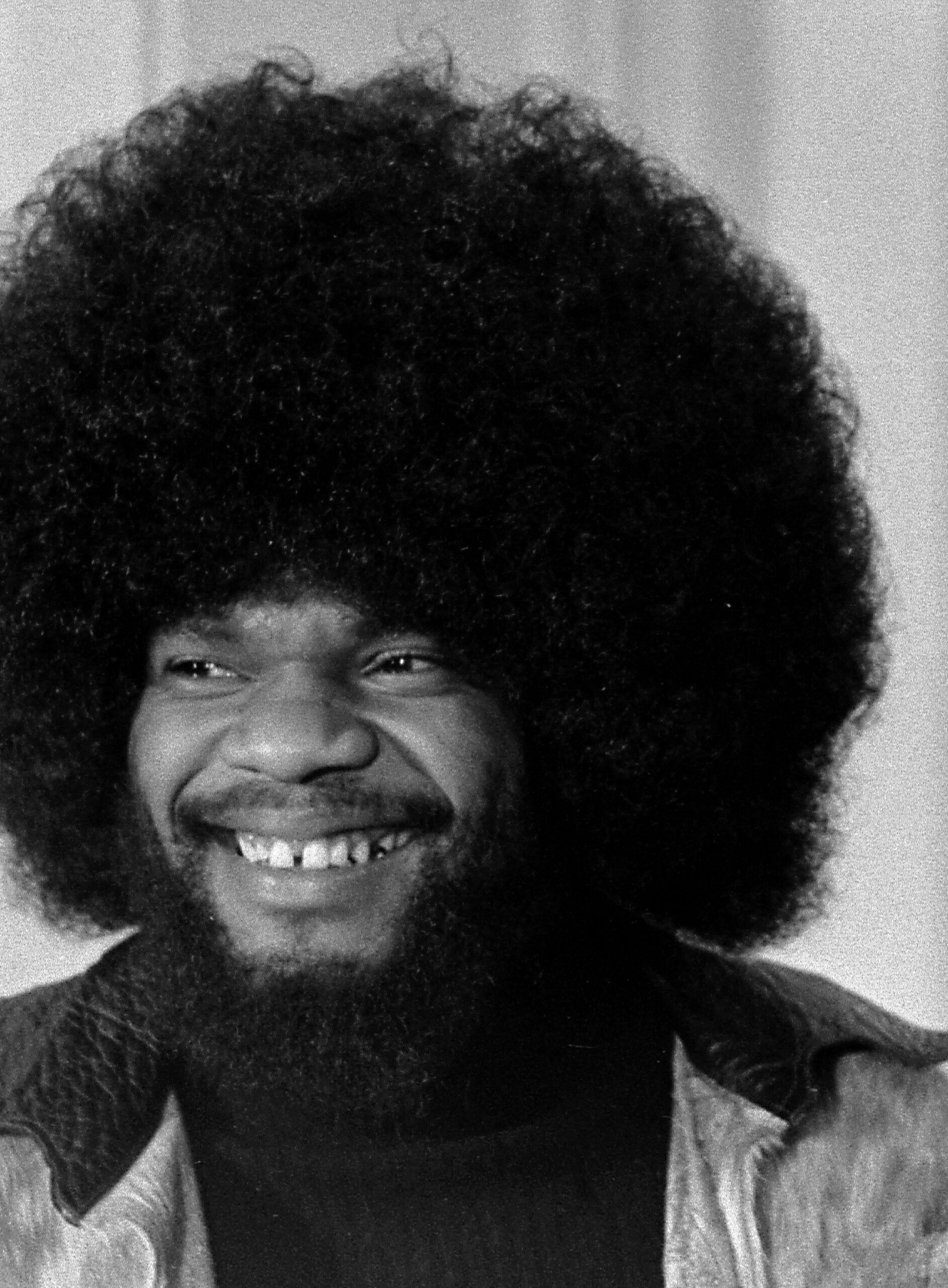
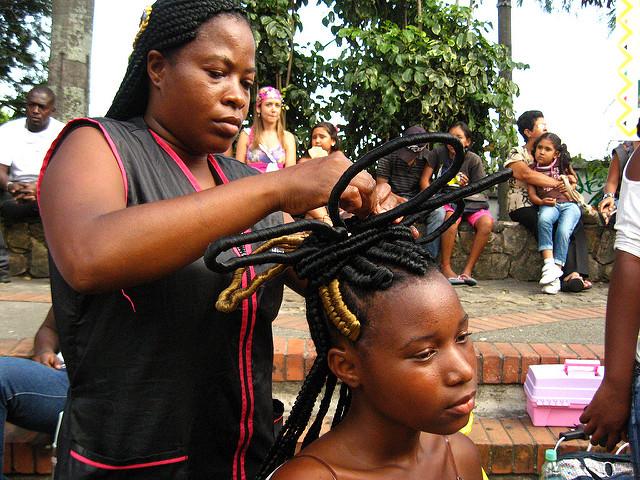
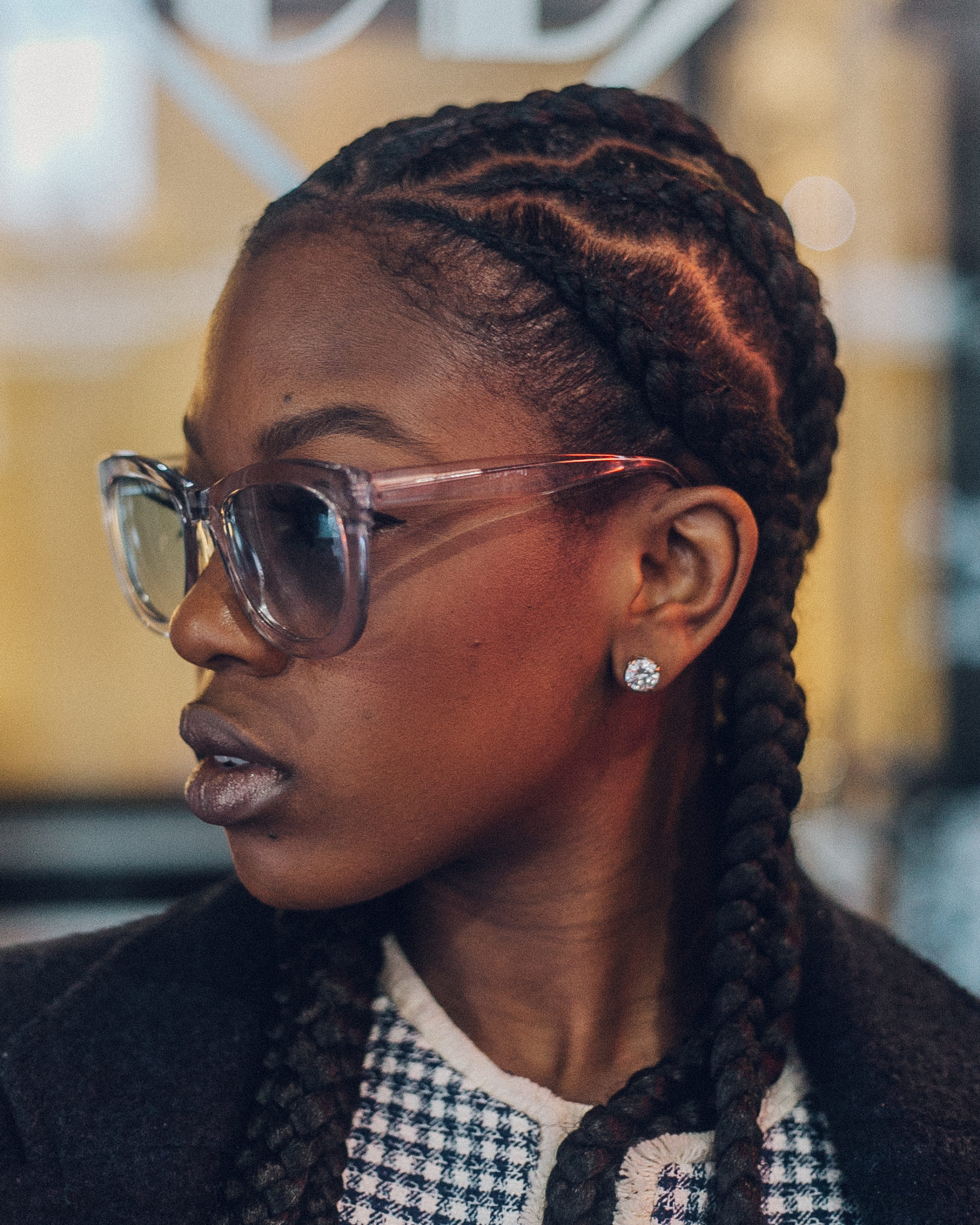
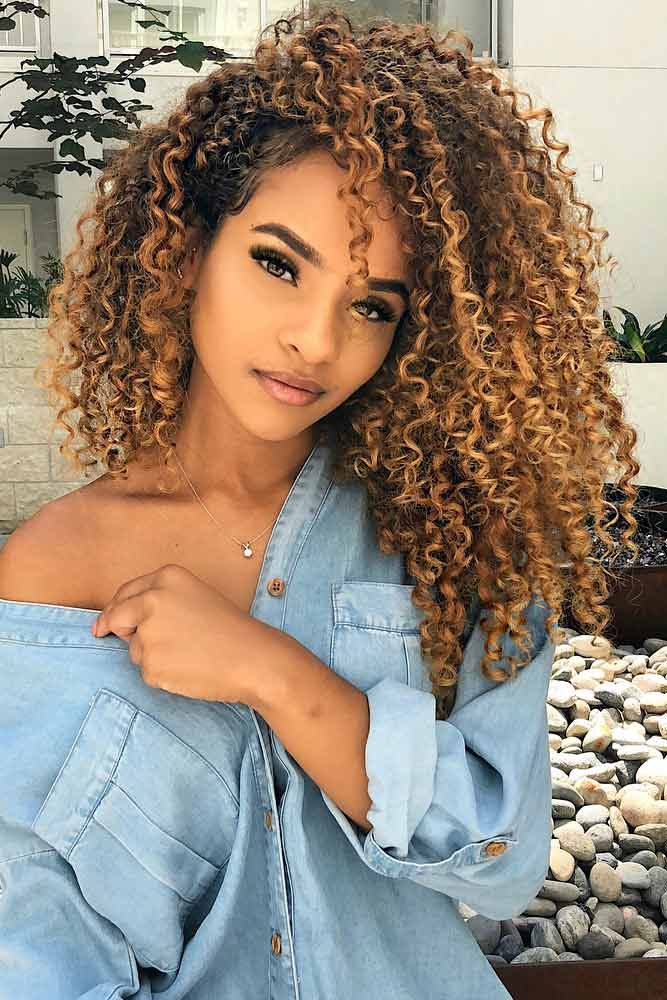
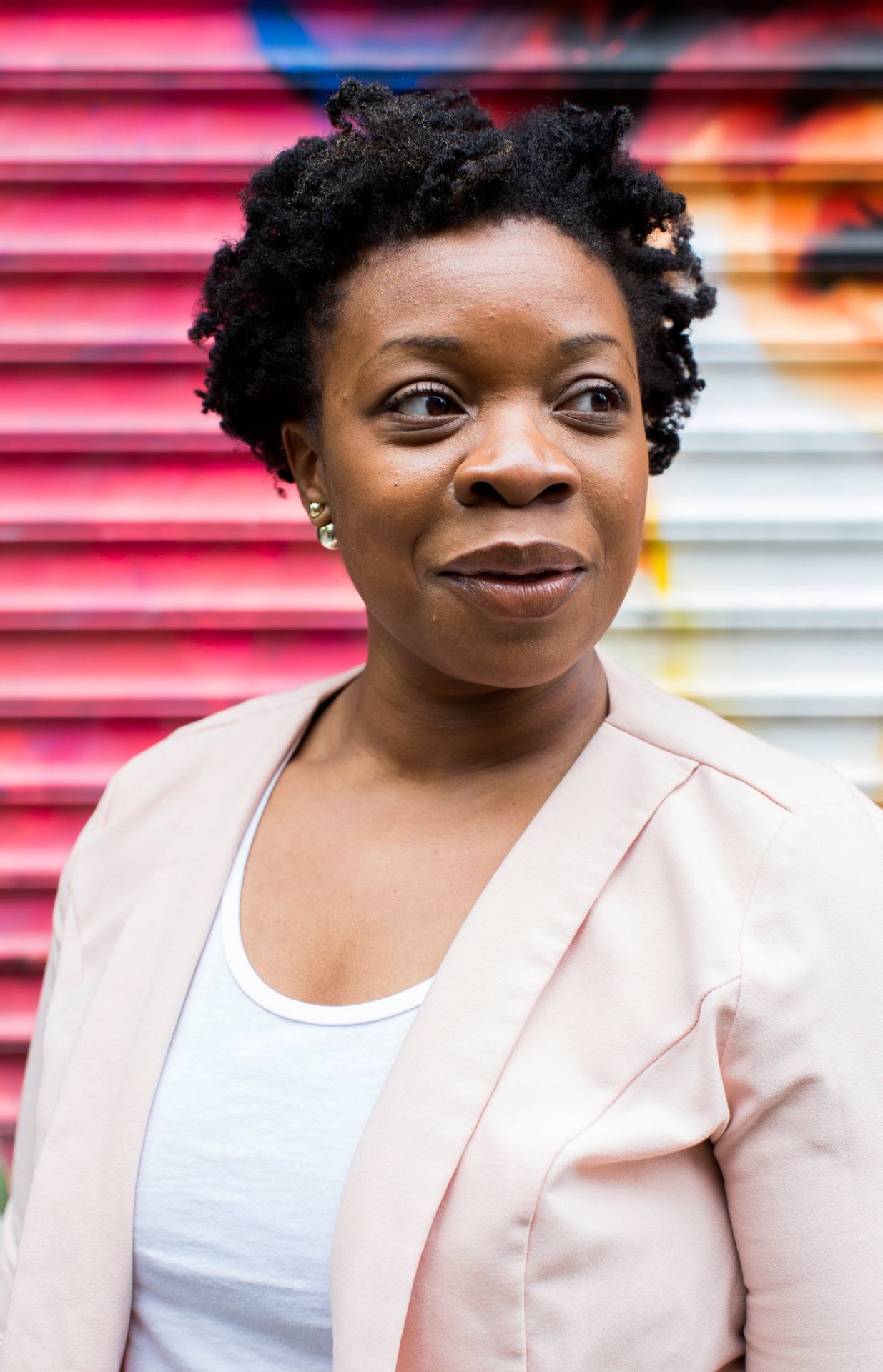
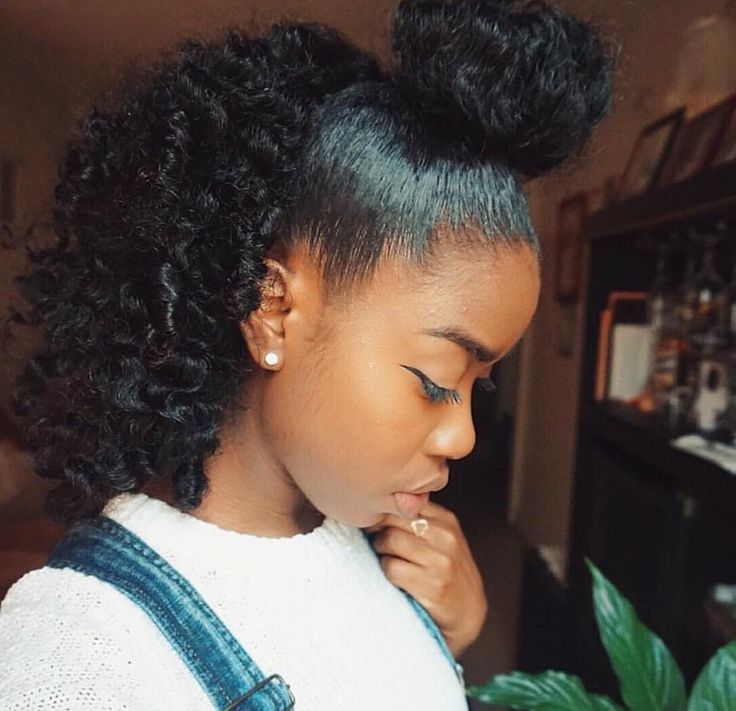
Afro Hairstyles Today
Today, the afro remains a popular choice for those who want to celebrate their natural hair texture. The style has evolved to include a variety of looks, from short, tight curls to large, free-flowing afros. Celebrities like Solange Knowles and Erykah Badu have continued to popularize the afro, demonstrating its enduring appeal and versatility.
Modern afro hairstyles are often customized to suit individual preferences and face shapes. Some people opt for a tapered afro, where the hair is shorter on the sides and longer on top, while others prefer a more traditional rounded shape. The afro has also been incorporated into other styles, such as braids and twists, offering endless possibilities for creativity and self-expression.
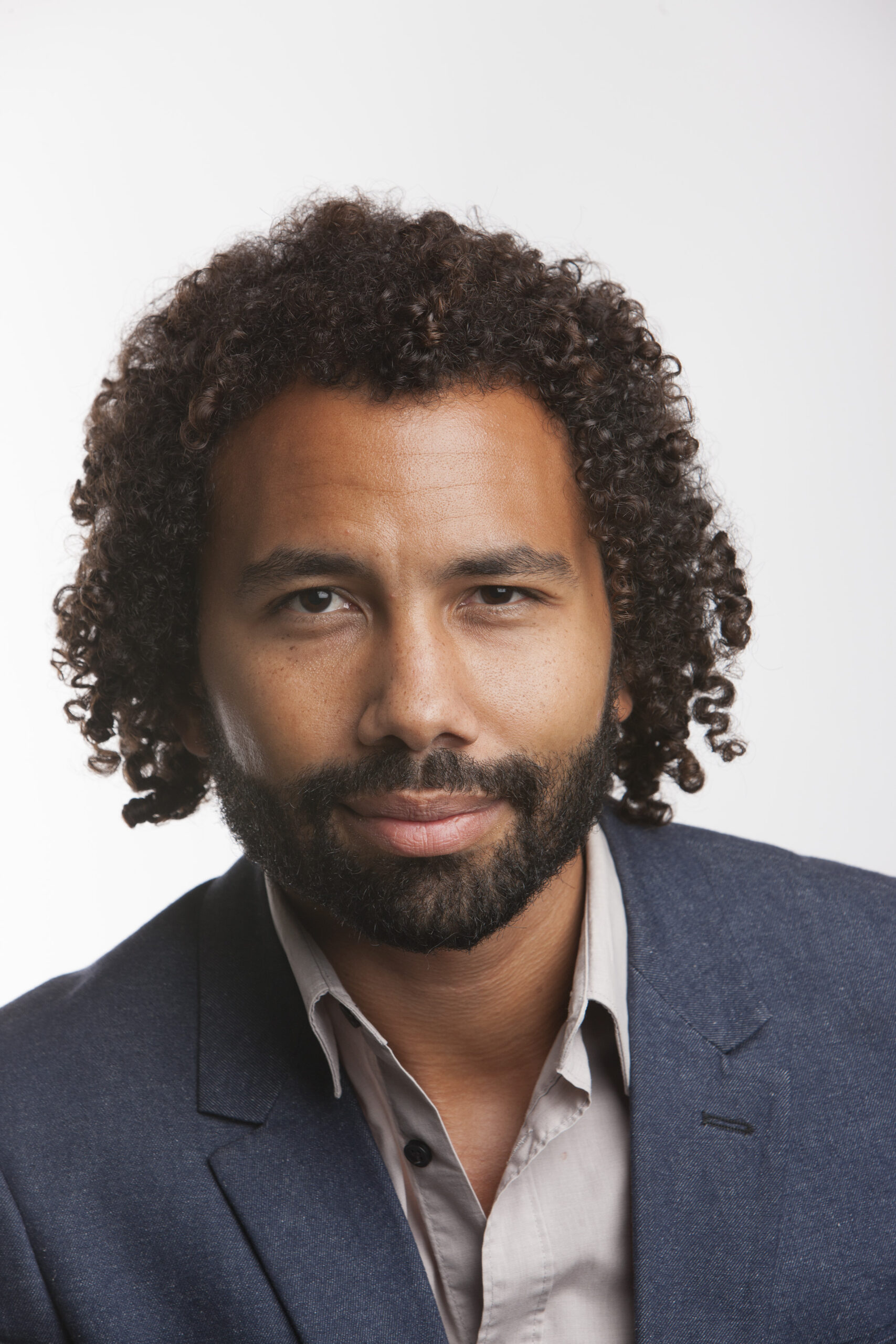
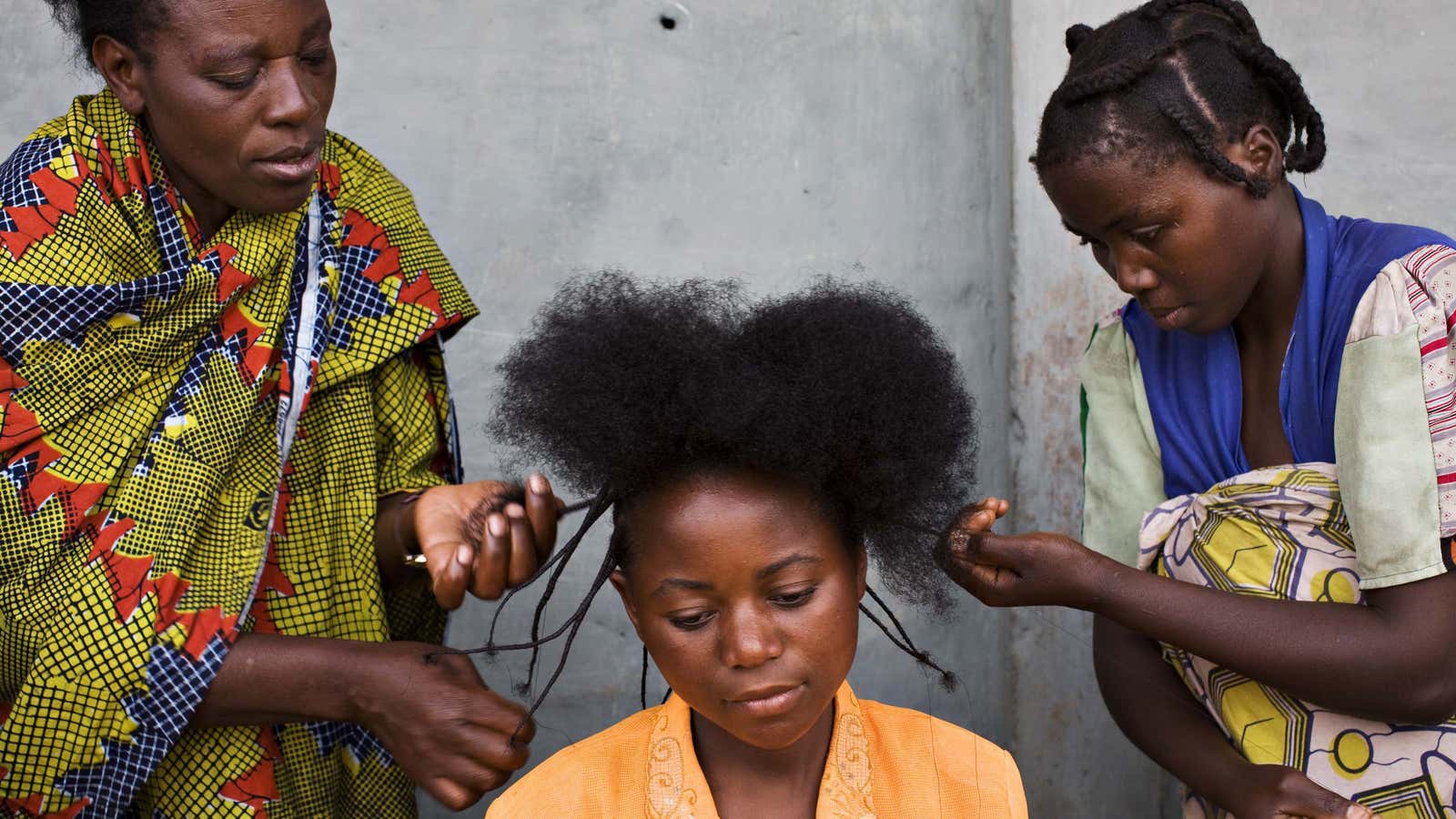

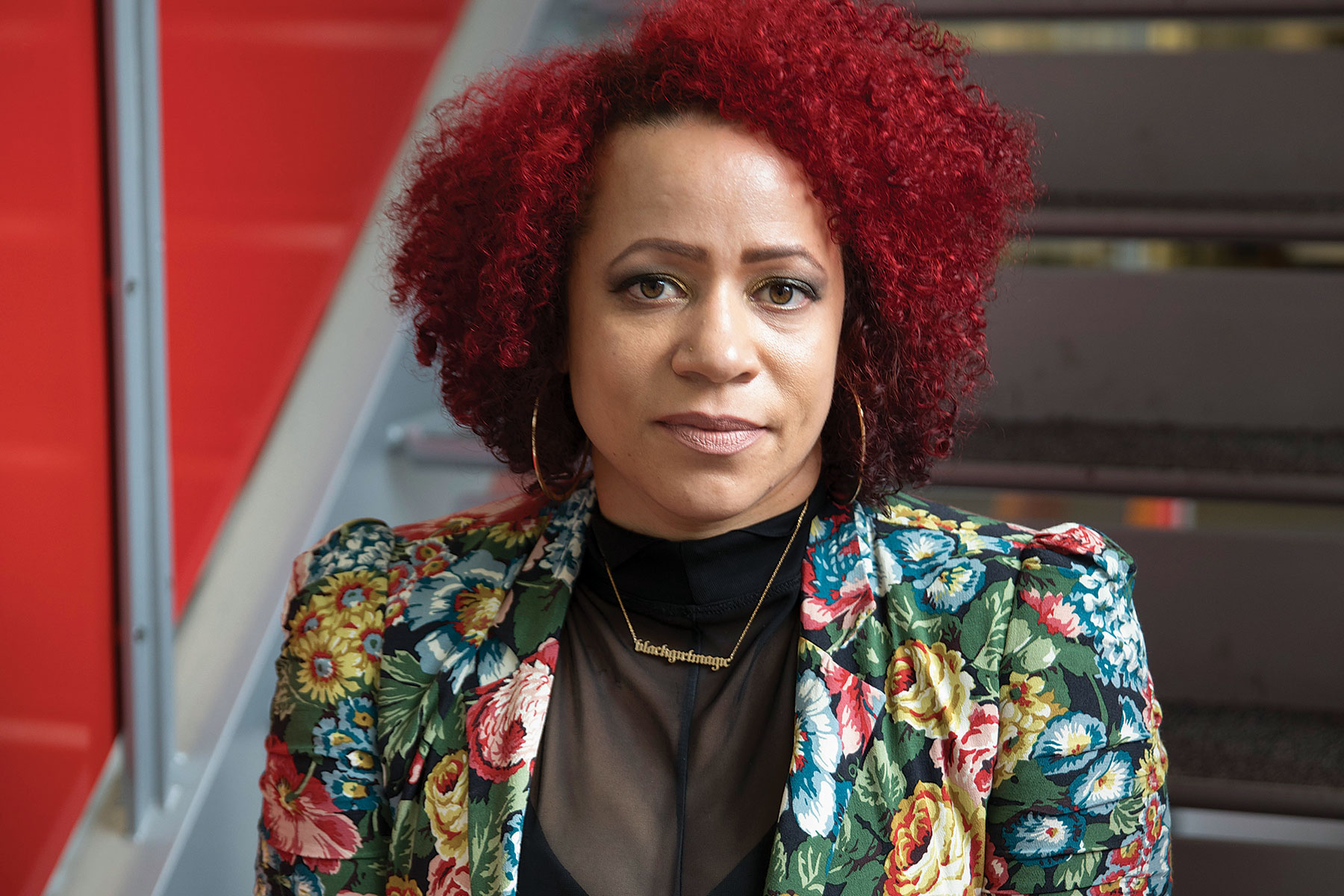
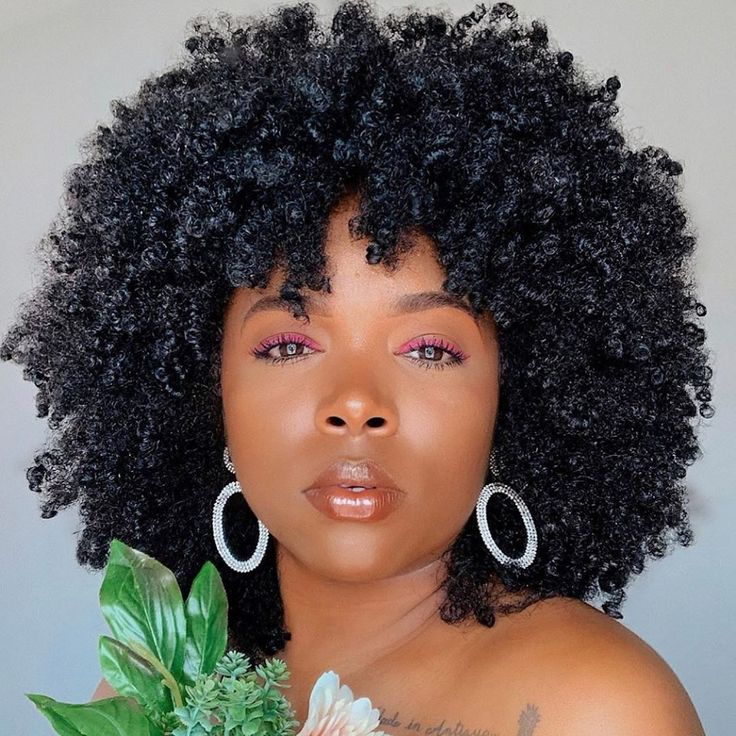

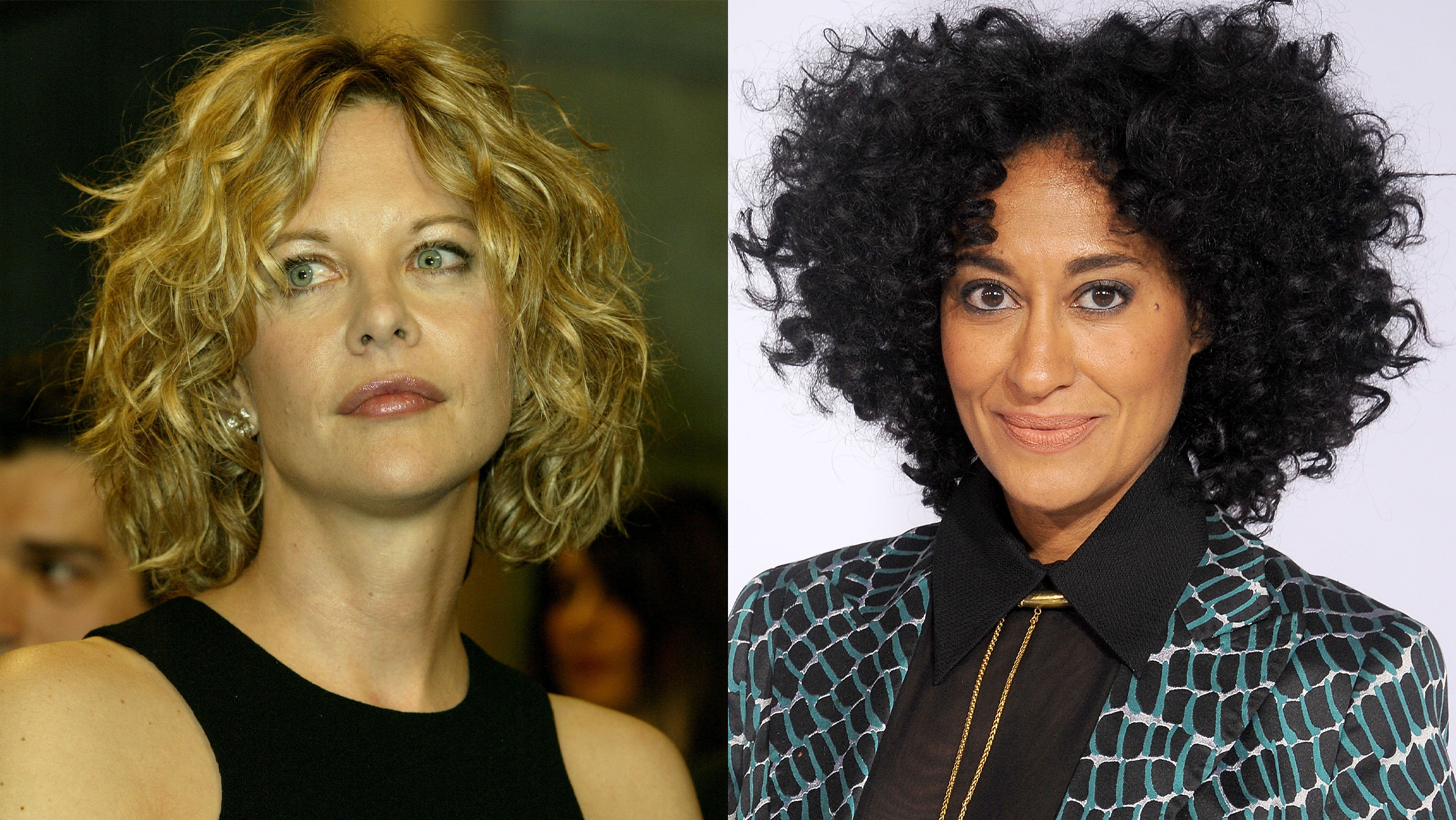
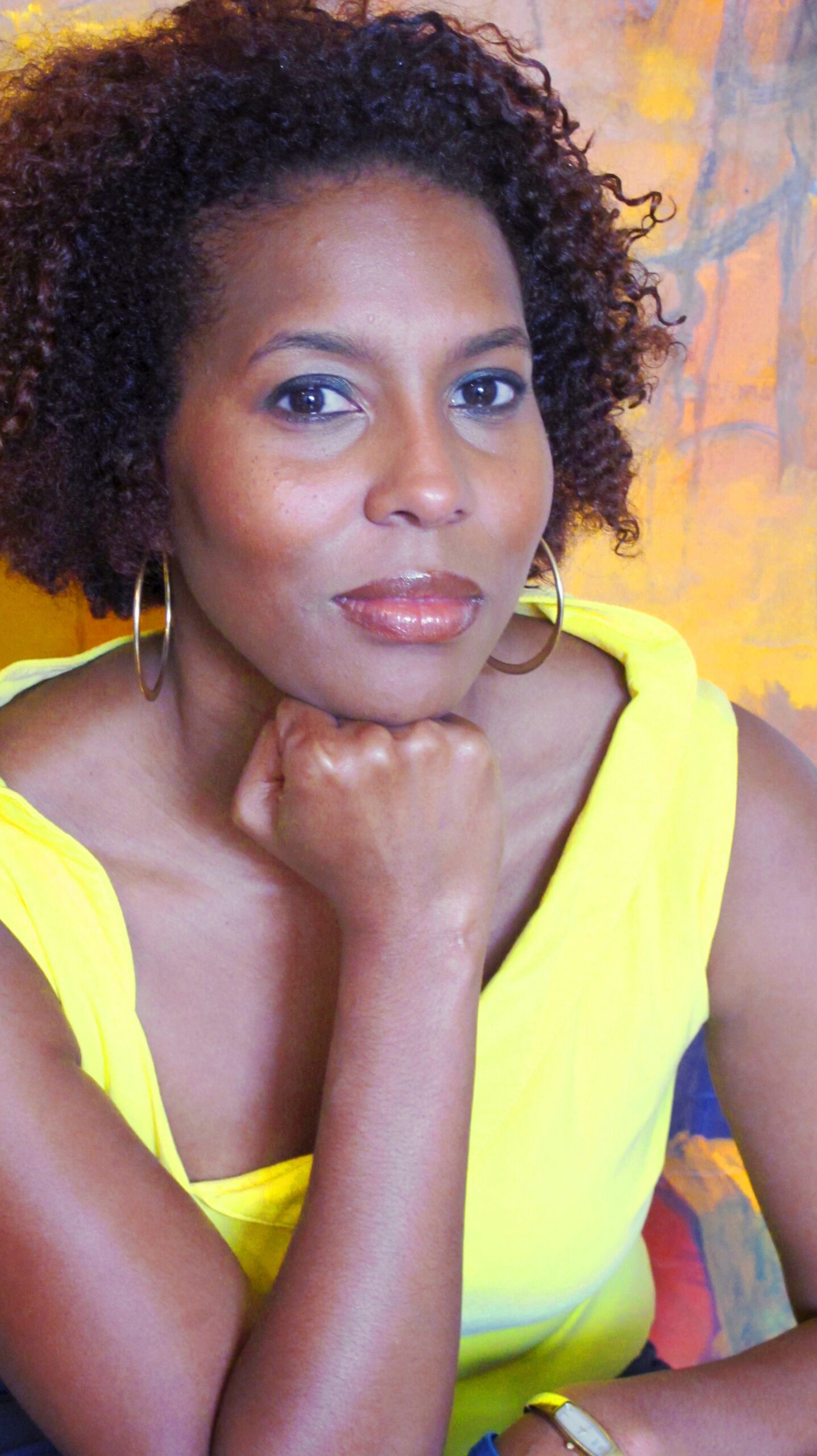
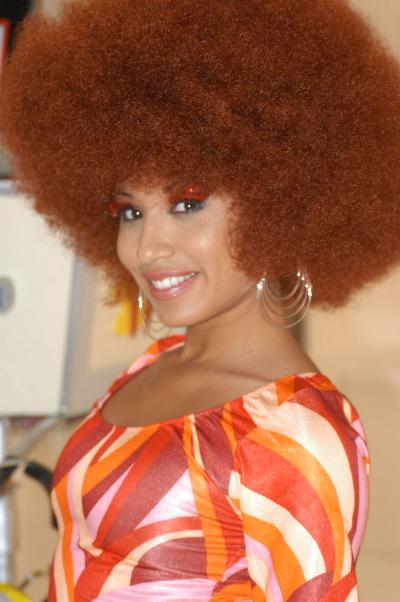


How to Achieve and Maintain an Afro Hairstyle
Choosing the Right Afro for Your Face Shape
When choosing an afro hairstyle, it’s essential to consider your face shape to find a style that complements your features. Here are some tips for selecting the right afro:
- Round Face: Opt for a taller afro with volume on top to elongate your face.
- Oval Face: Most afro styles suit an oval face, so feel free to experiment with different shapes and sizes.
- Square Face: A softer, rounded afro can help balance strong jawlines.
- Heart-Shaped Face: Choose an afro with fullness at the sides to balance a narrower chin.


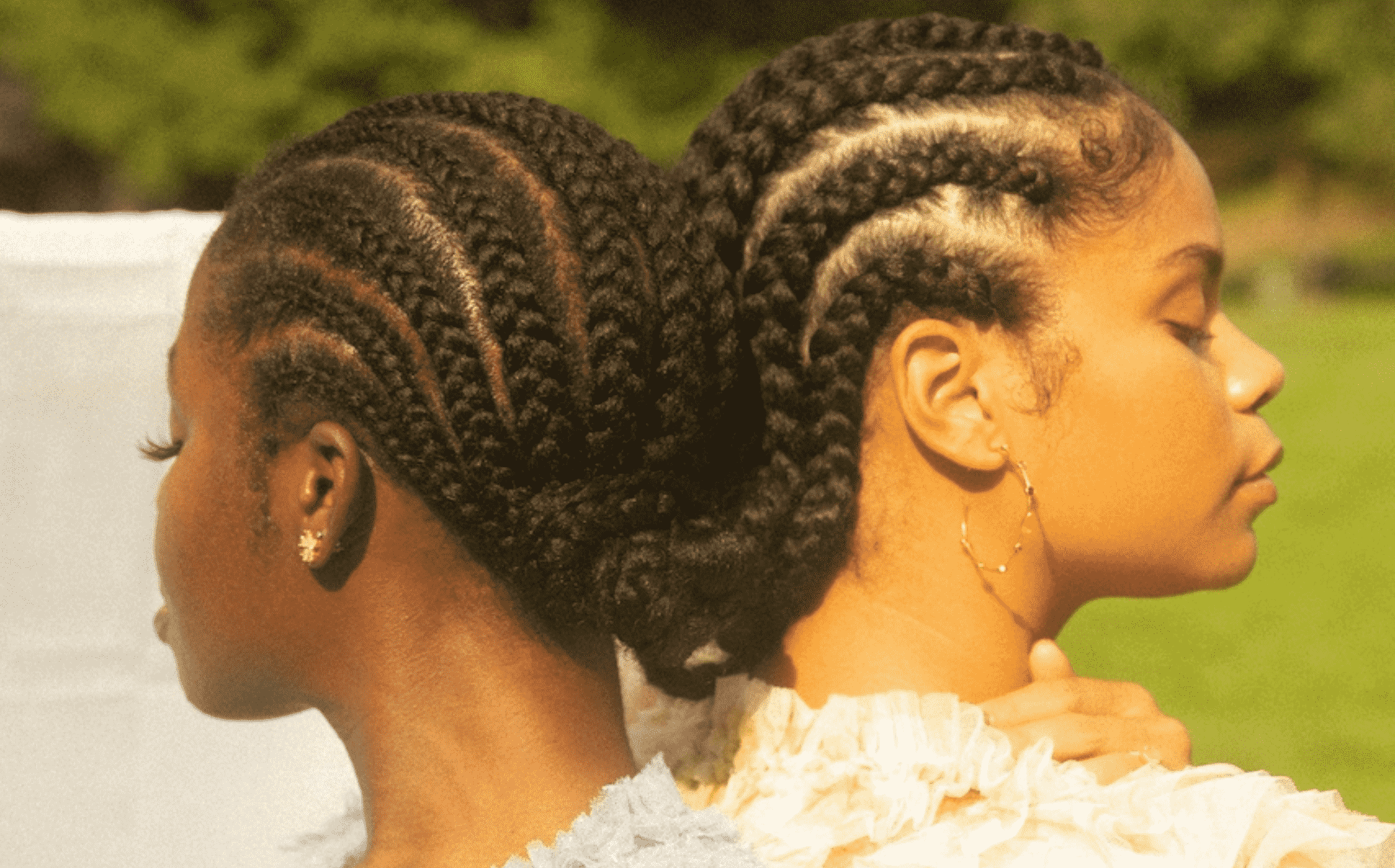
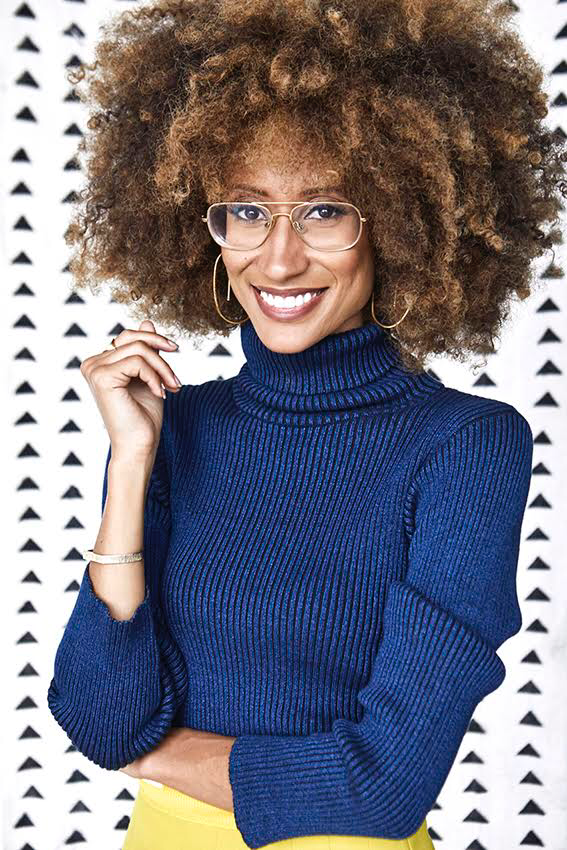
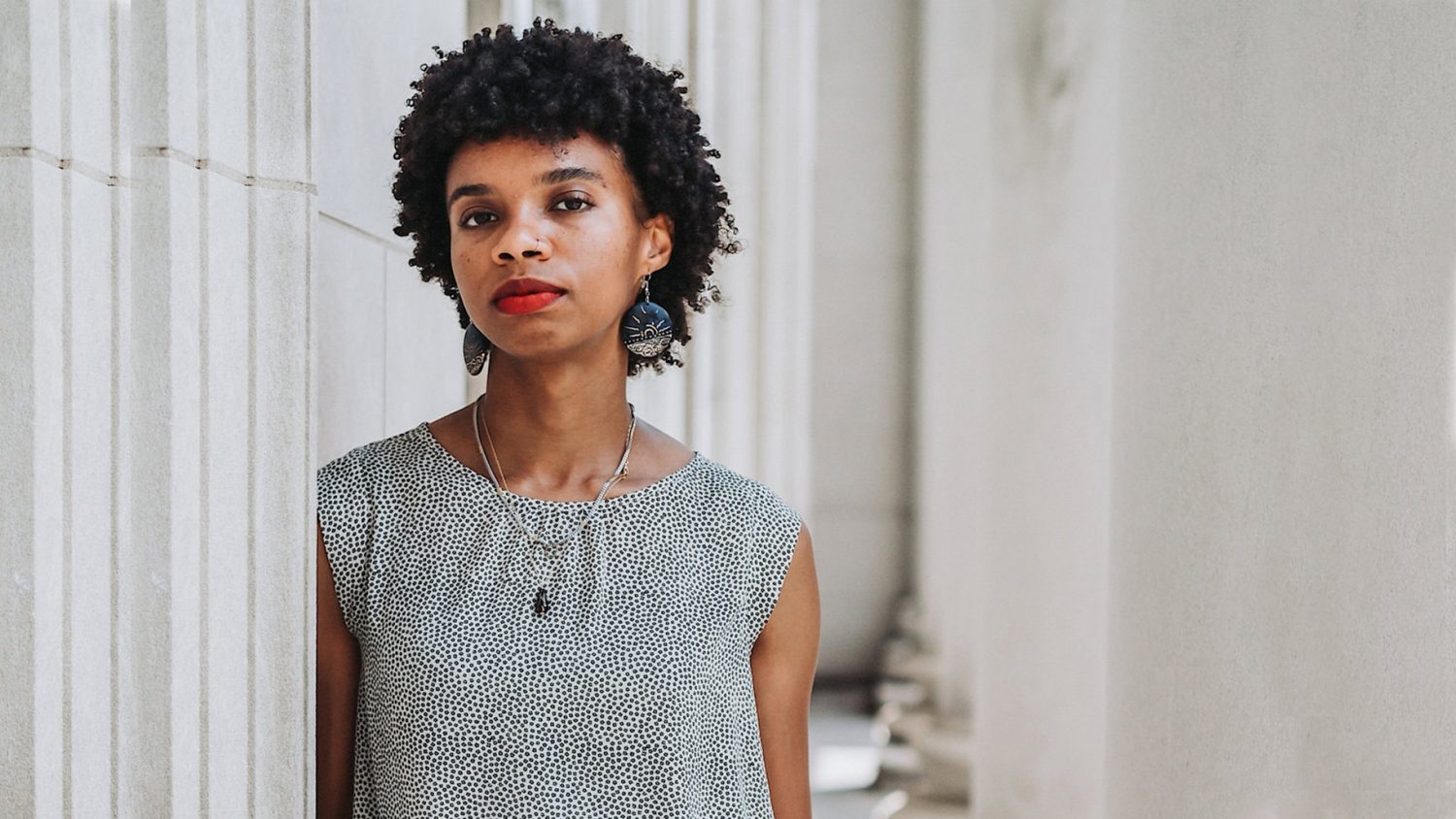
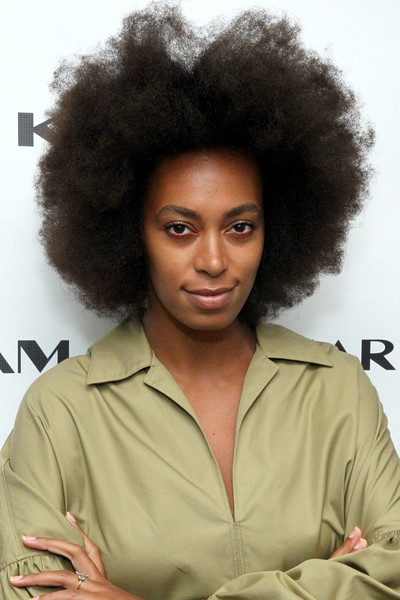
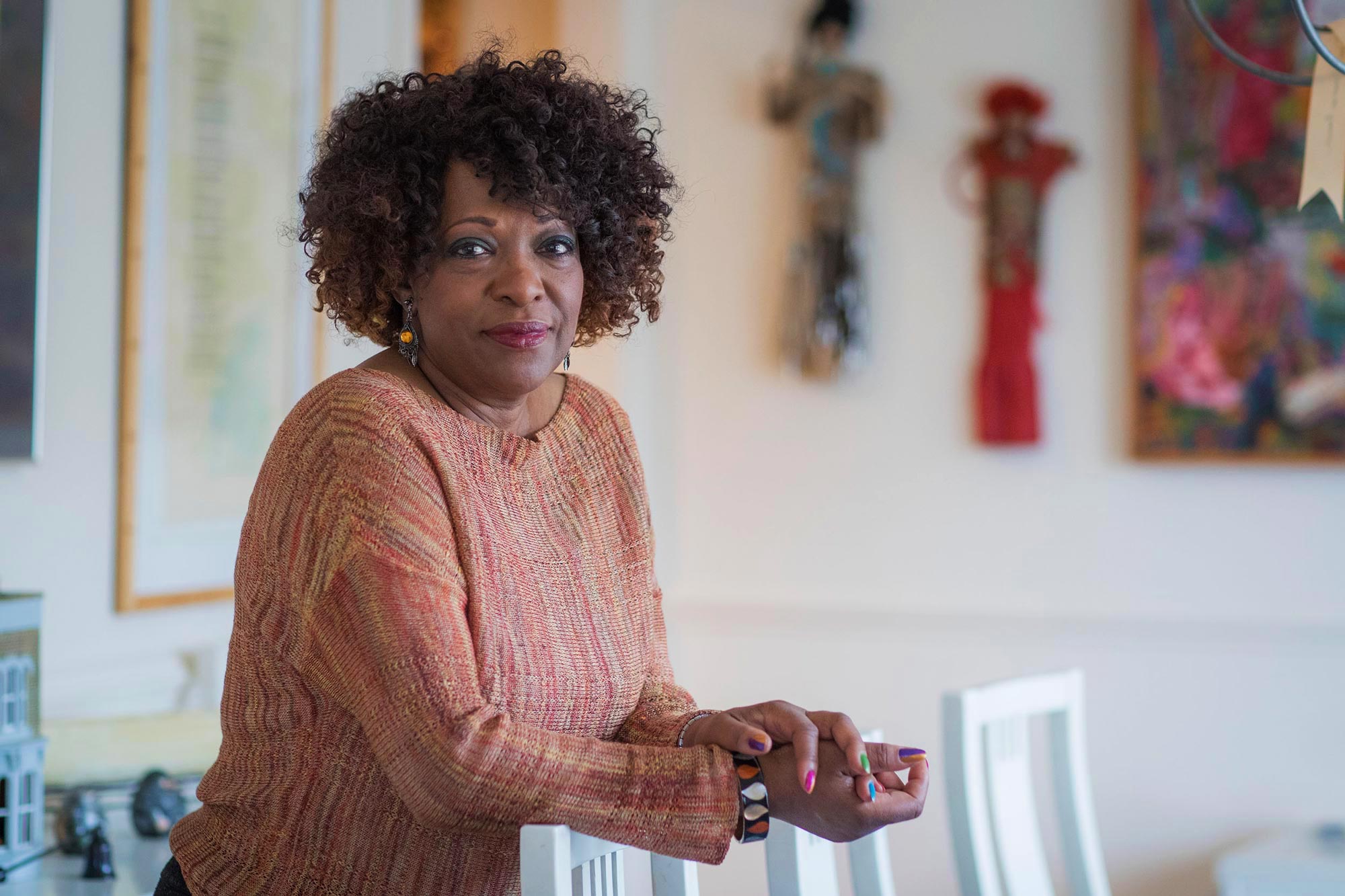
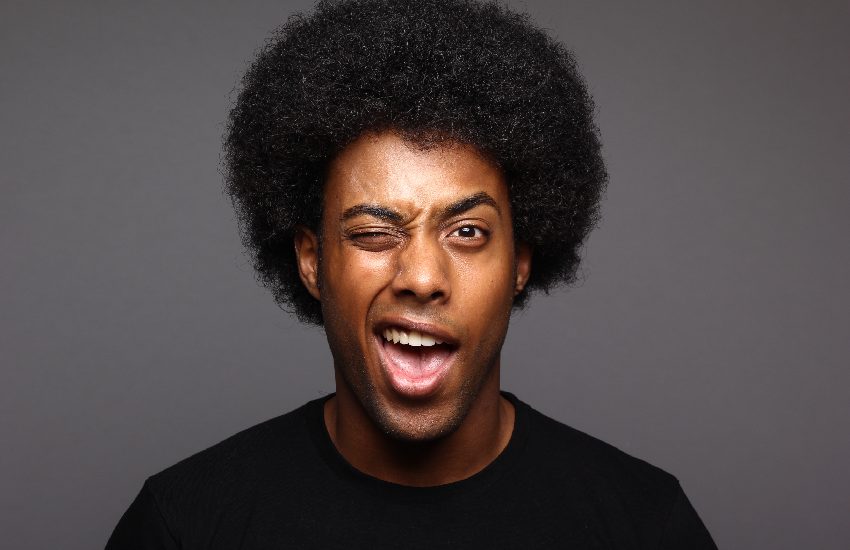
Hair Care Tips for Healthy Afro Hair
Maintaining an afro hairstyle requires proper care to keep your hair healthy and vibrant. Here are some essential tips:
- Moisturize Regularly: Afro-textured hair tends to be dry, so it’s crucial to keep it moisturized. Use leave-in conditioners, oils, and creams to lock in moisture.
- Detangle Gently: To avoid breakage, detangle your hair gently with a wide-tooth comb or your fingers. Always detangle when your hair is damp and use a detangling spray if needed.
- Protect Your Hair at Night: To prevent frizz and breakage, wrap your hair in a satin scarf or use a satin pillowcase while you sleep.
- Trim Regularly: Regular trims help maintain the shape of your afro and prevent split ends. Aim to trim your hair every 6-8 weeks.
- Use the Right Products: Look for products specifically designed for afro-textured hair, such as sulfate-free shampoos, moisturizing conditioners, and curl-enhancing creams.
Conclusion
The afro hairstyle has traveled a long journey from a powerful symbol of resistance to a beloved fashion statement. It has been embraced, transformed, and reimagined over the decades, reflecting the resilience and creativity of those who wear it. Whether you’re considering adopting an afro or simply want to celebrate its cultural significance, this iconic hairstyle remains a testament to the beauty and strength of natural hair.
